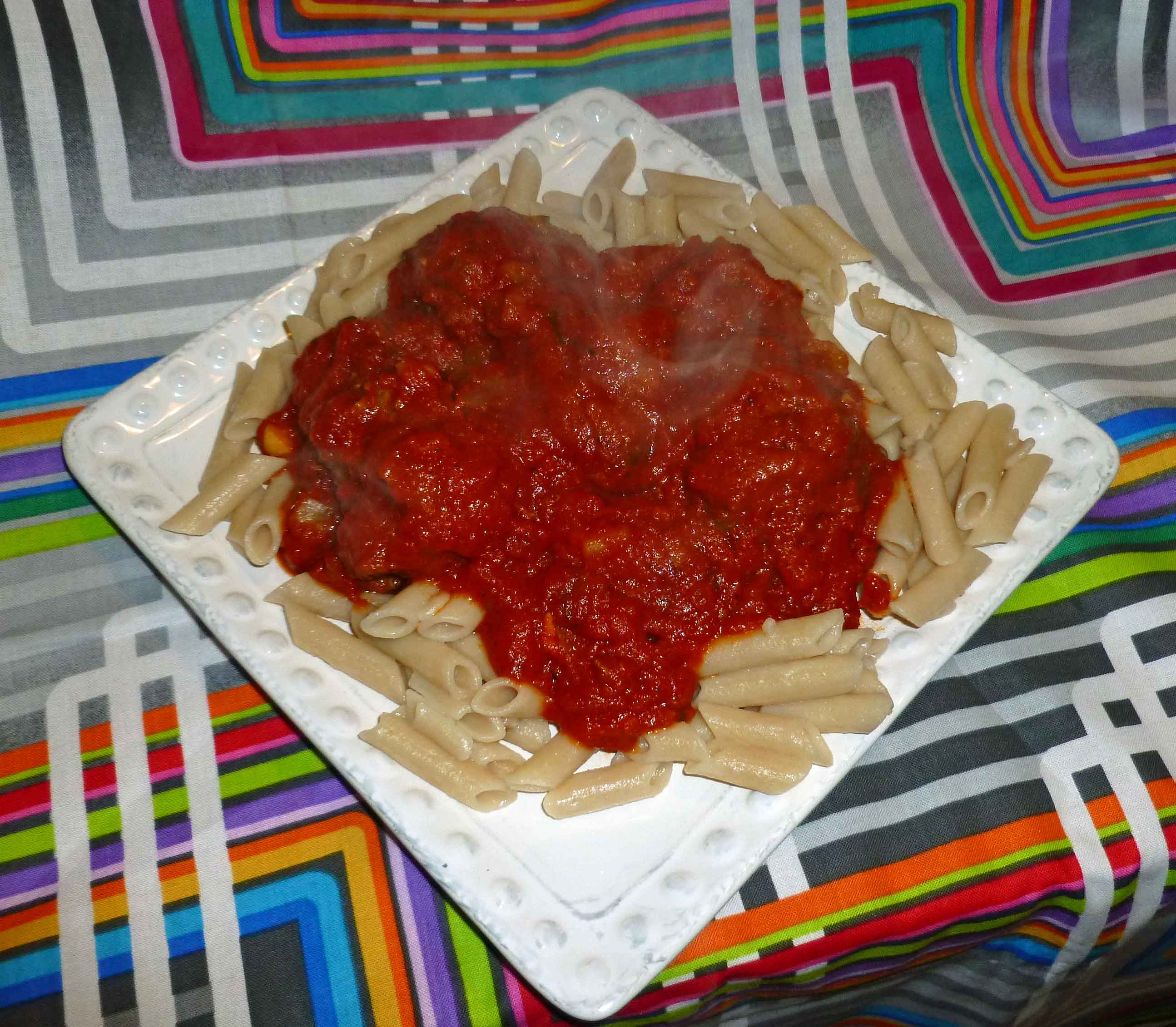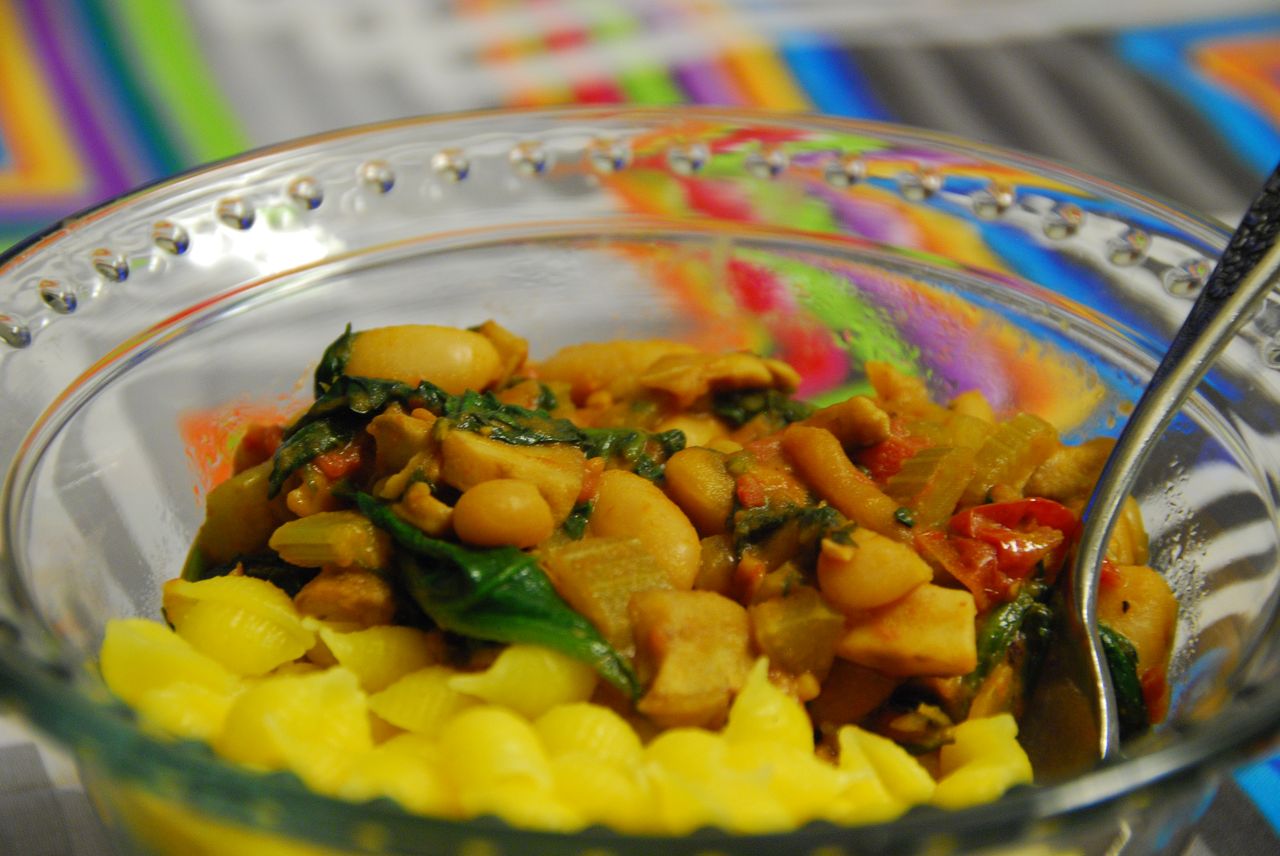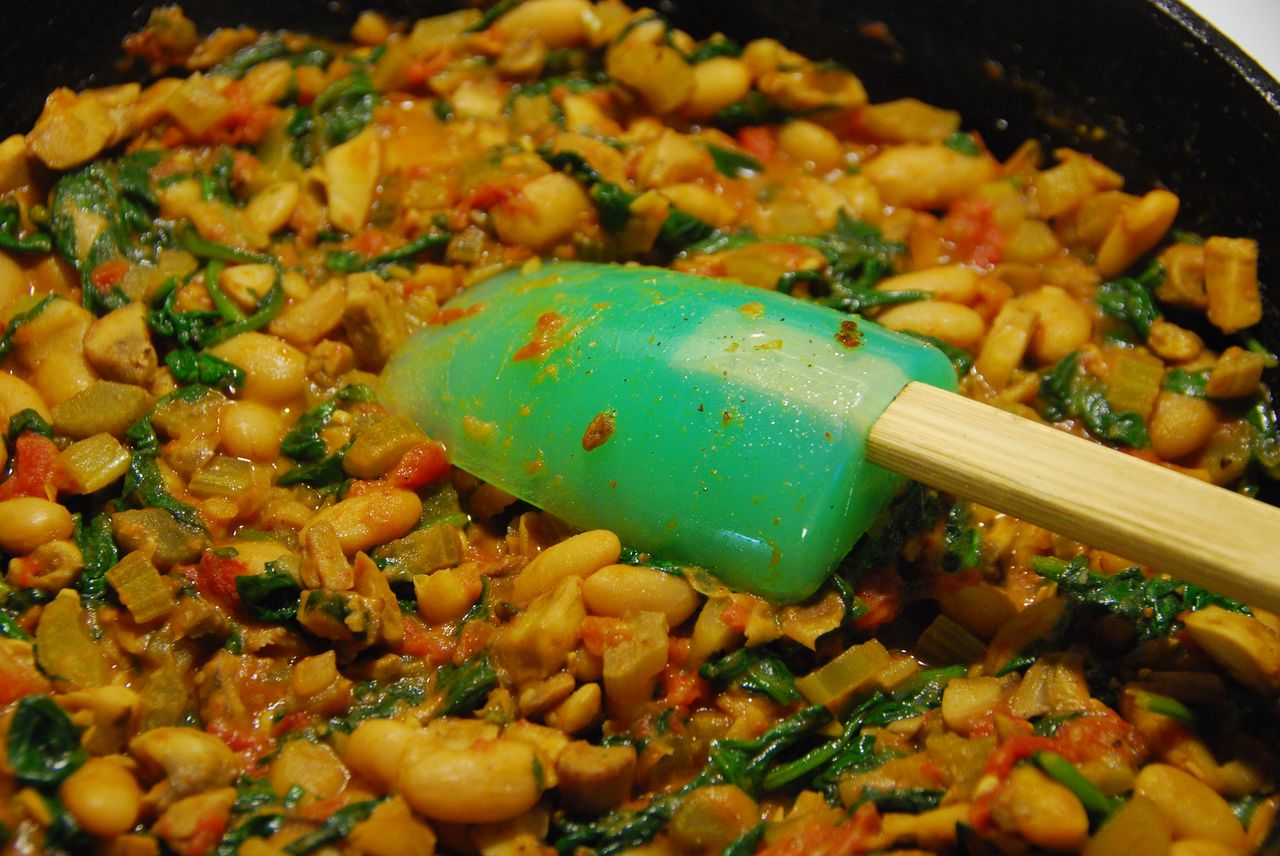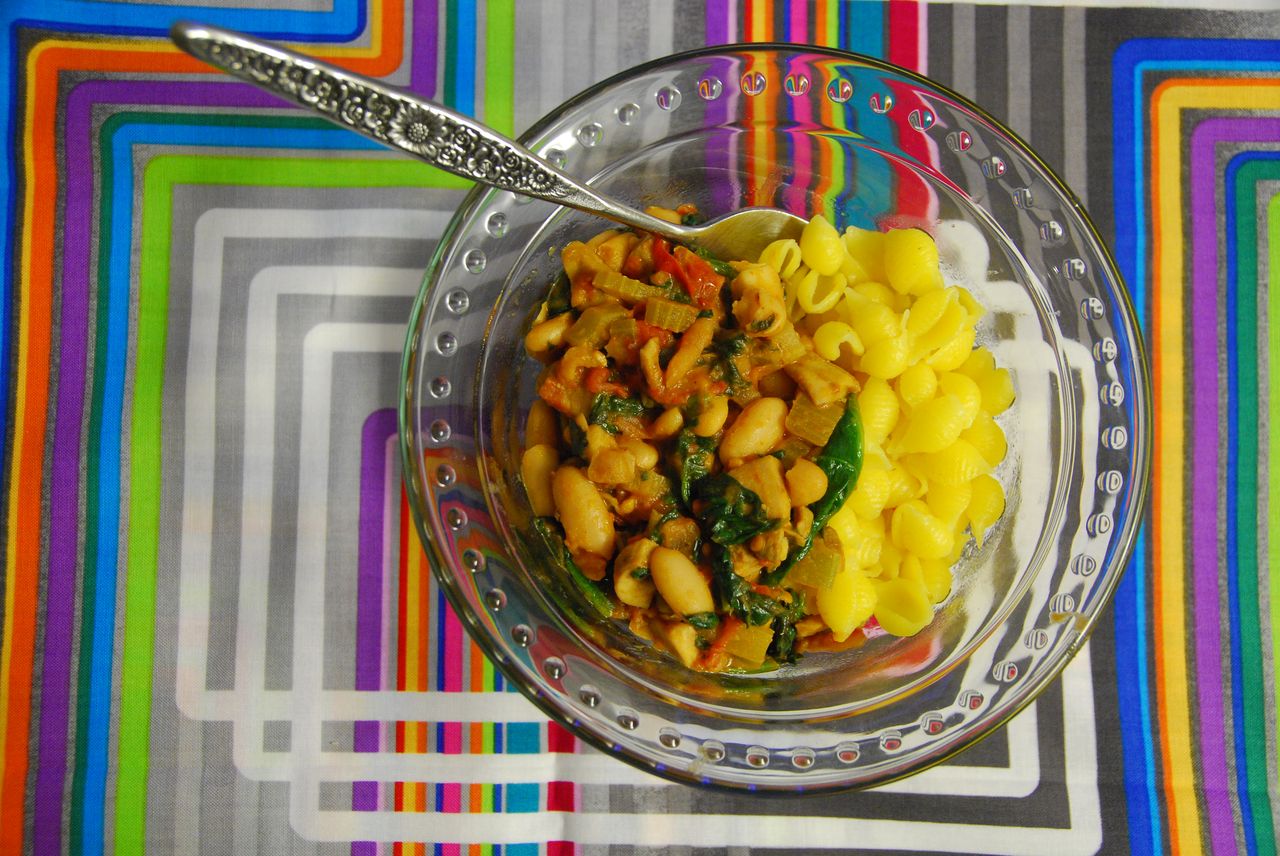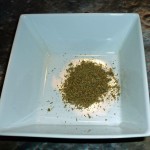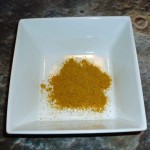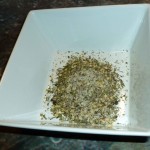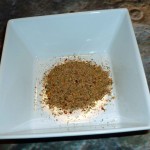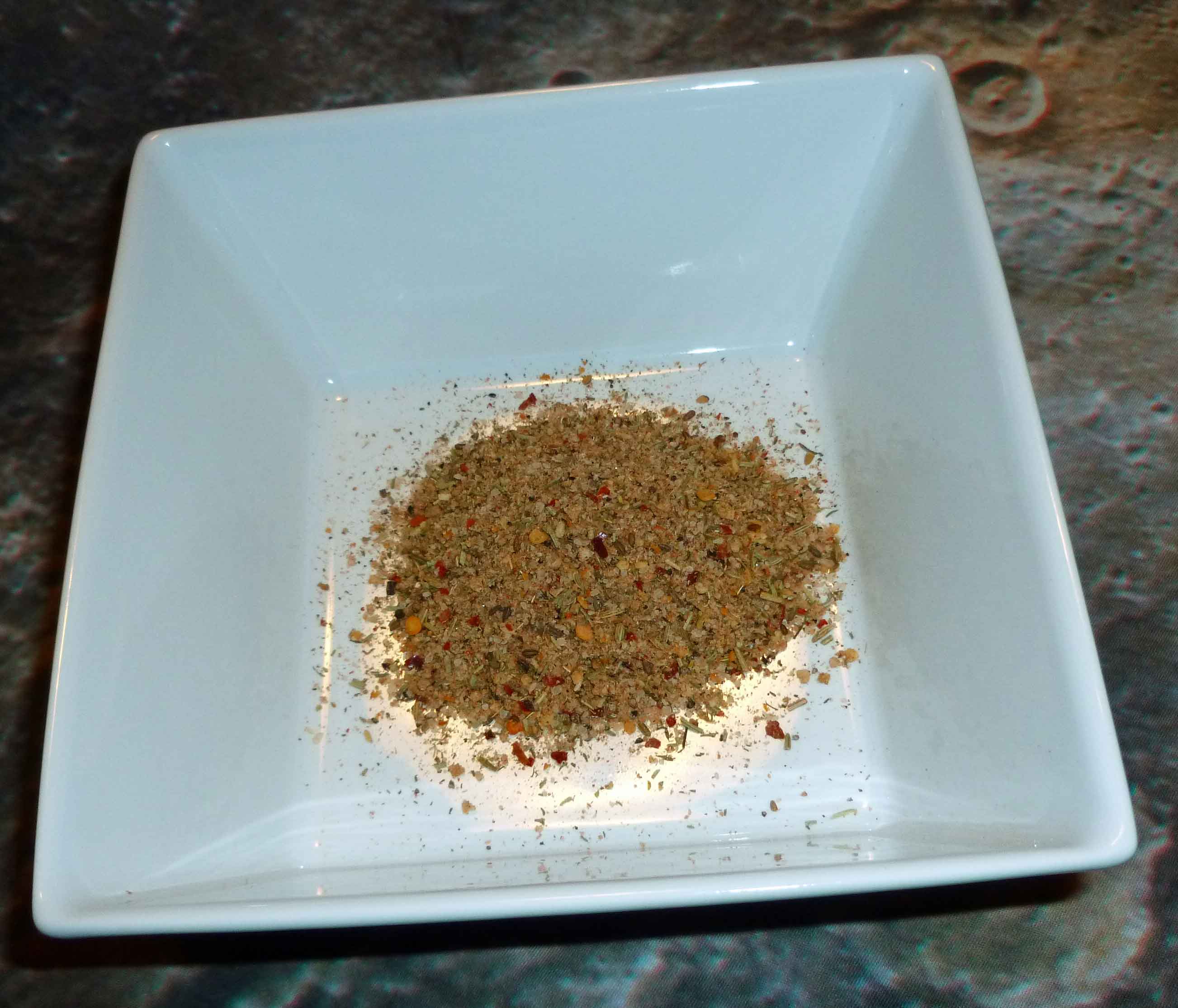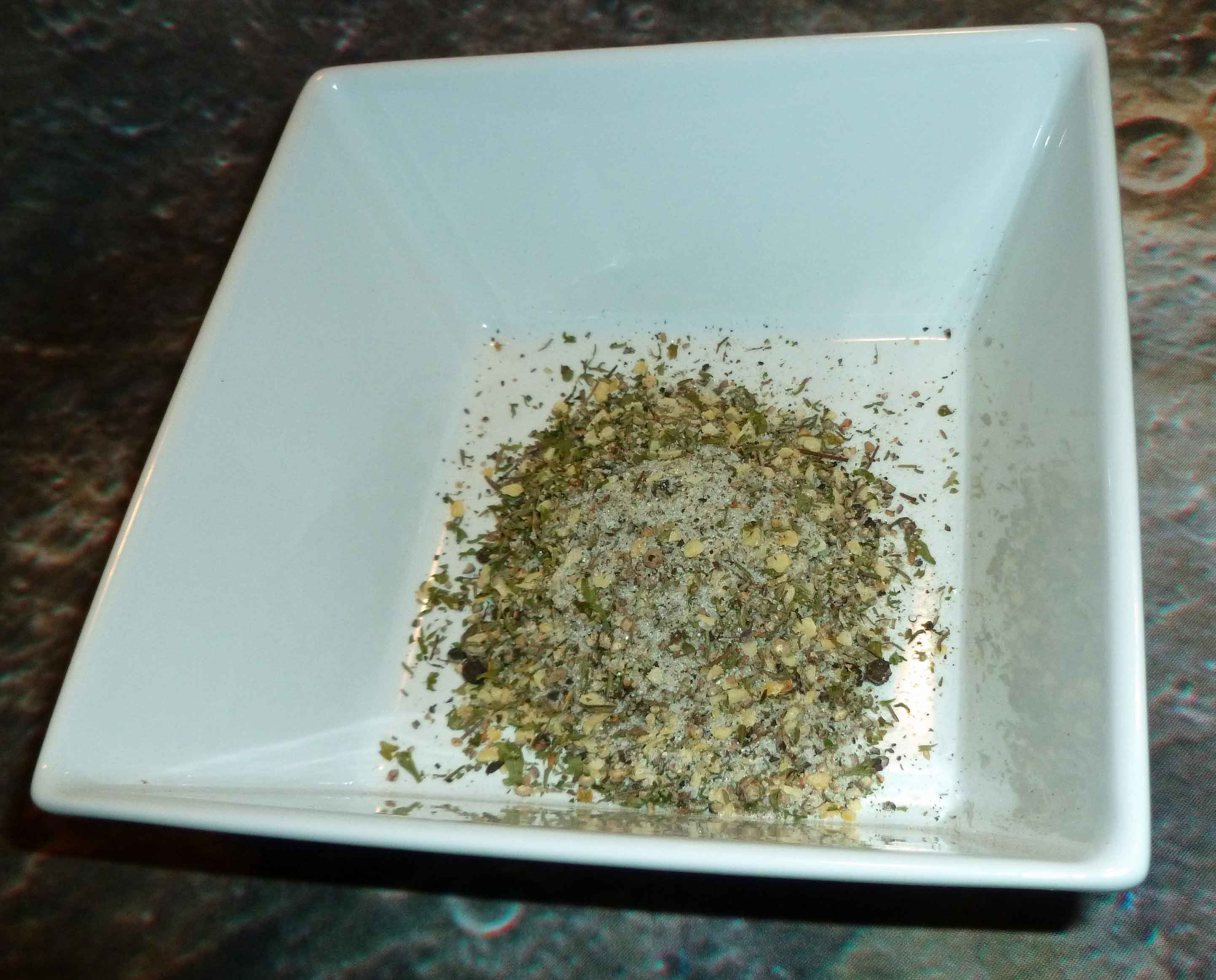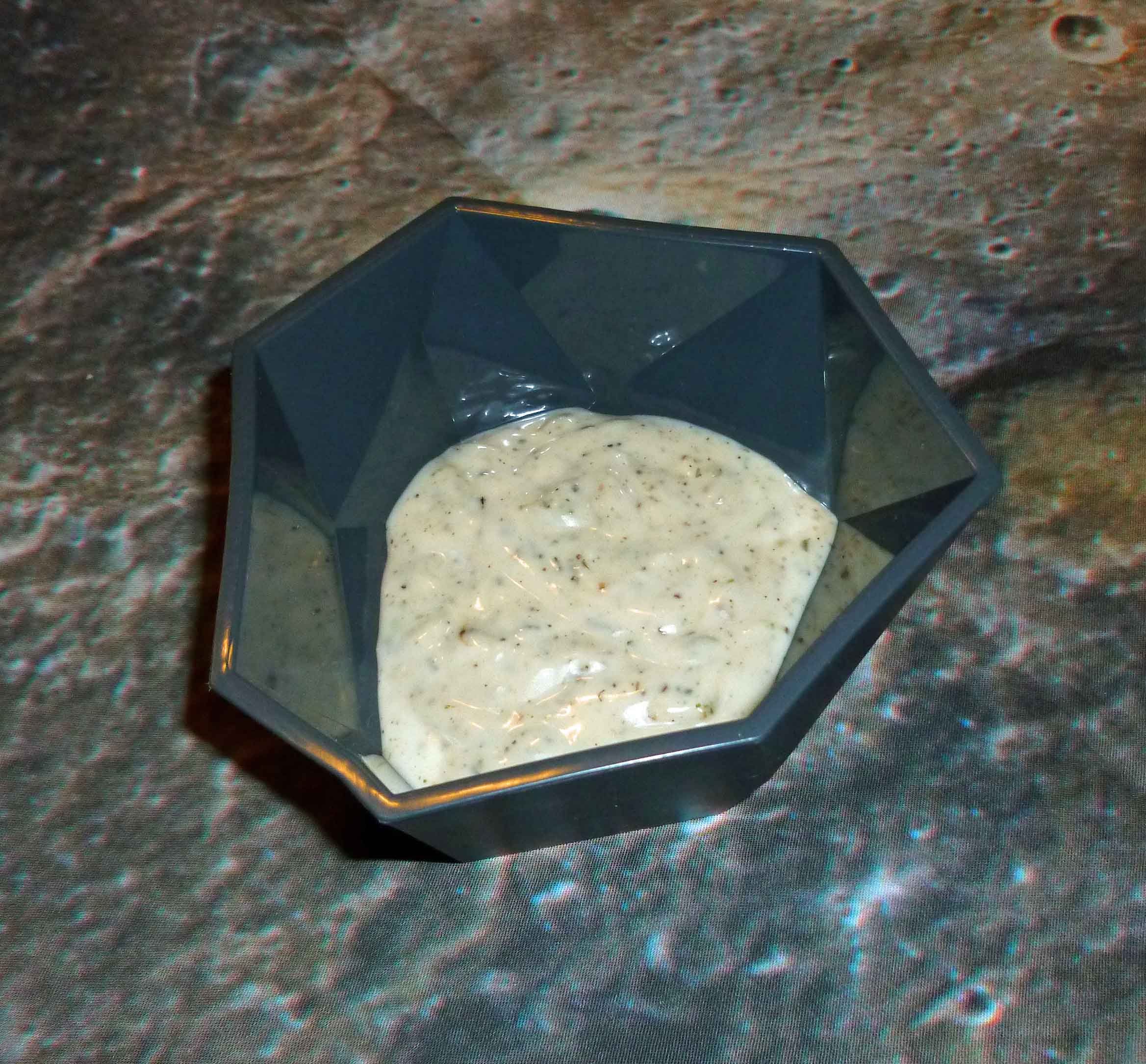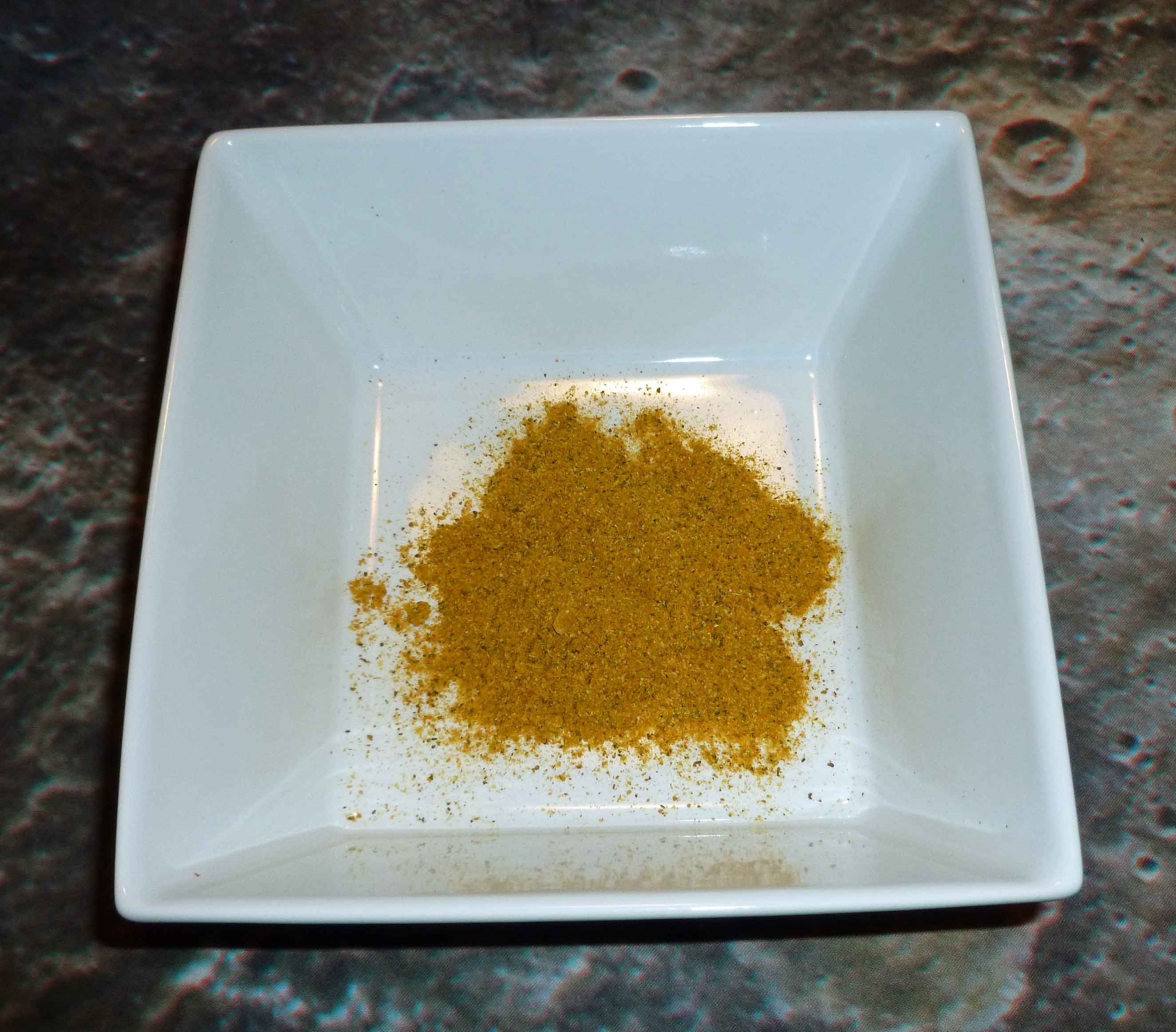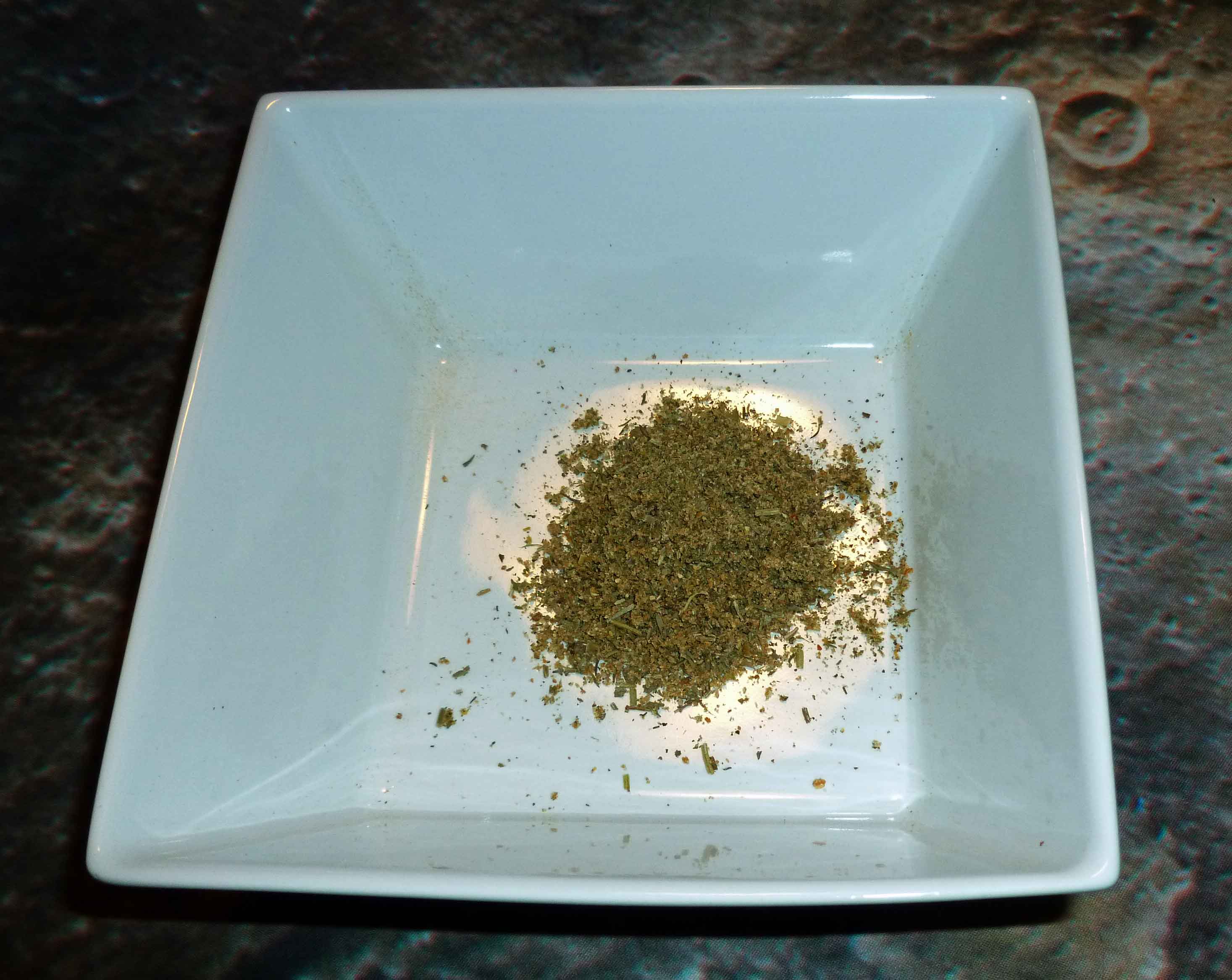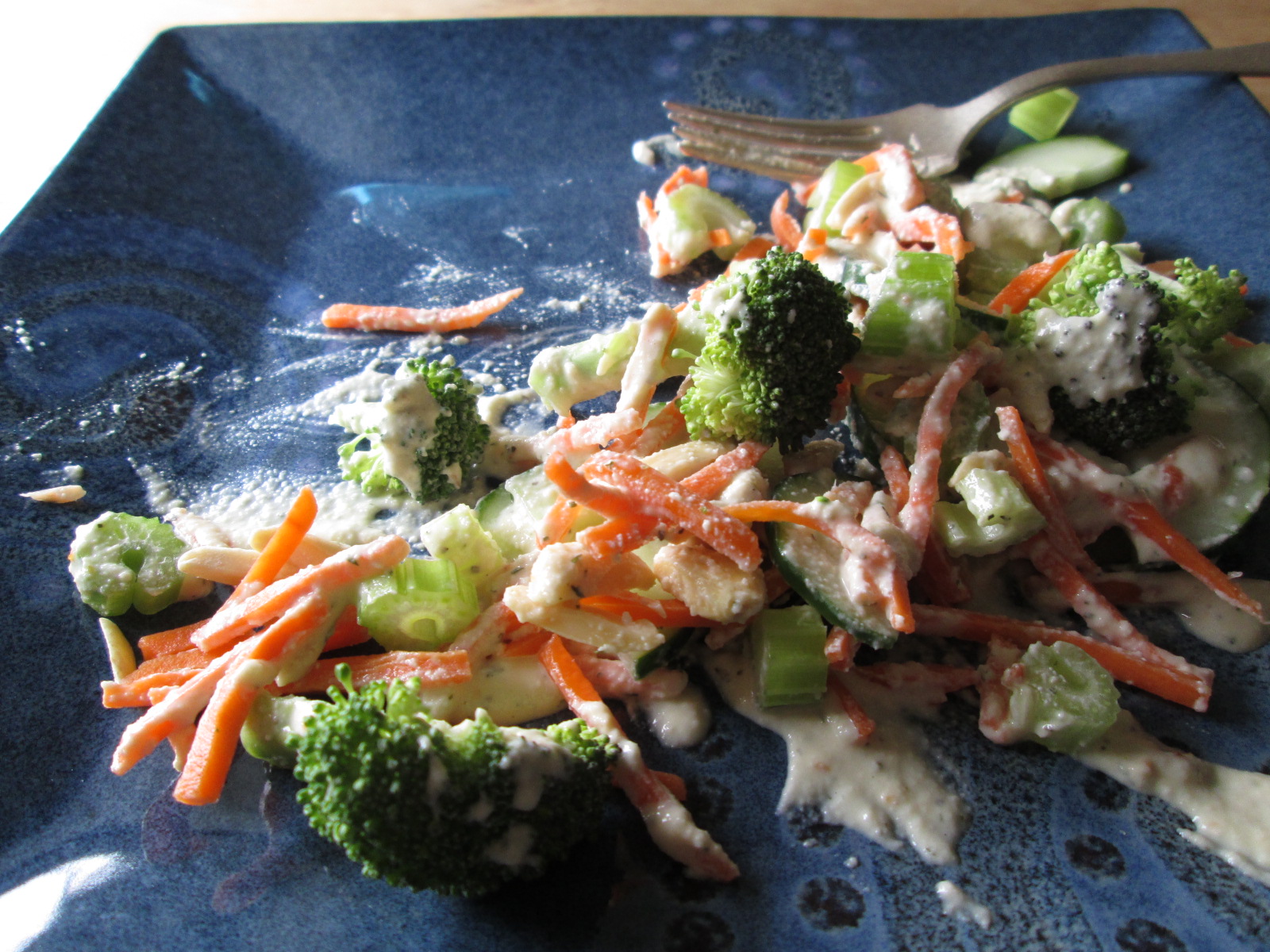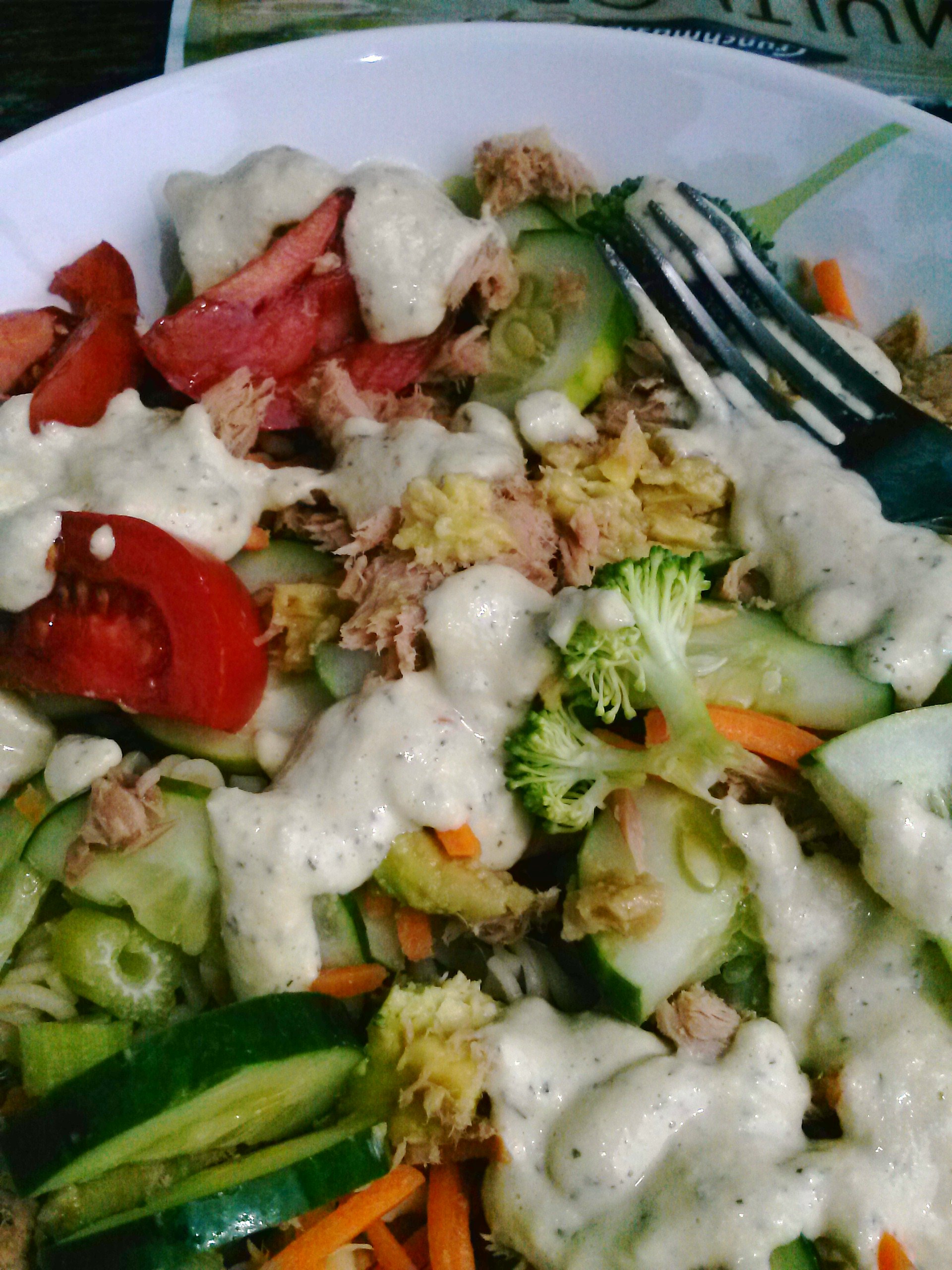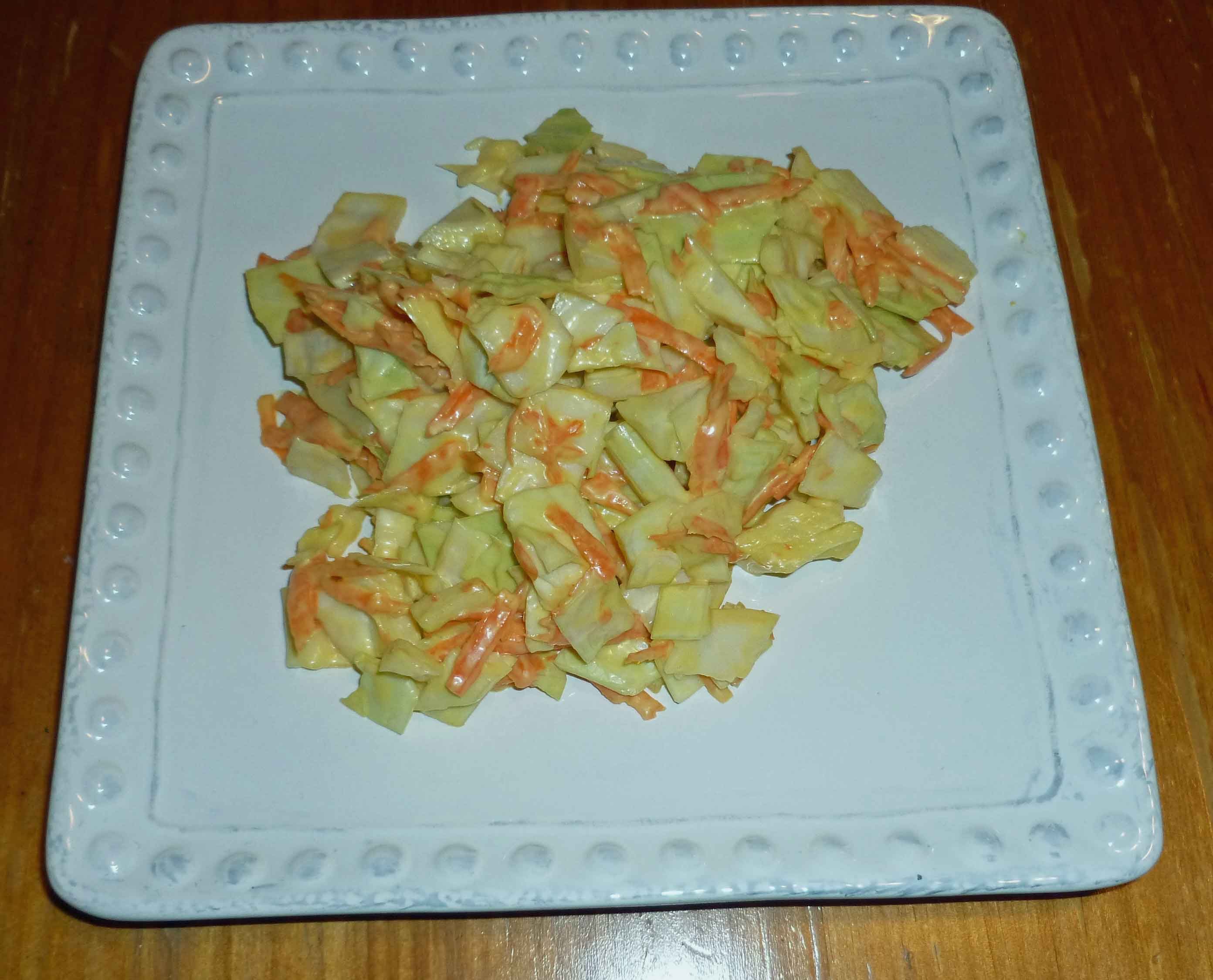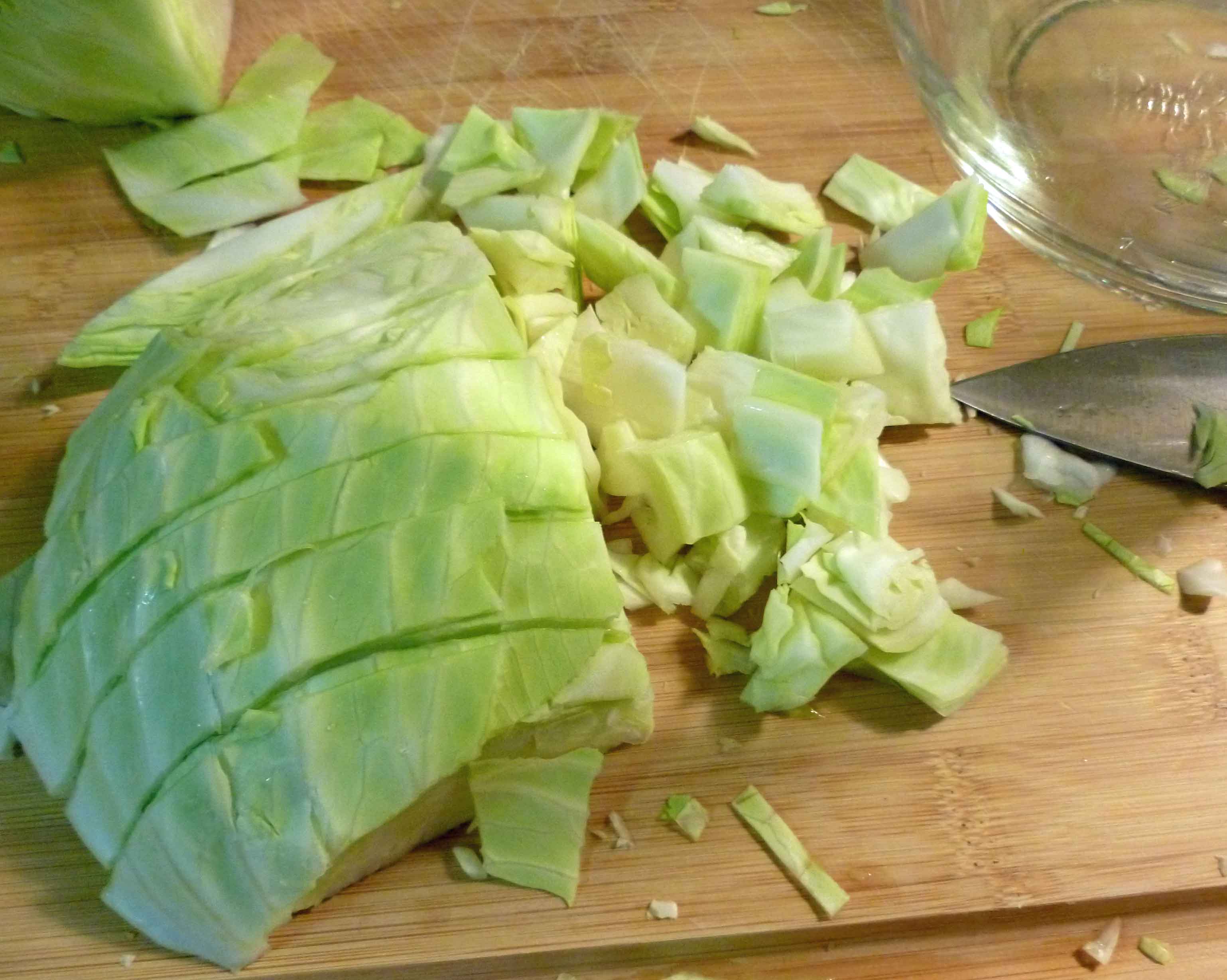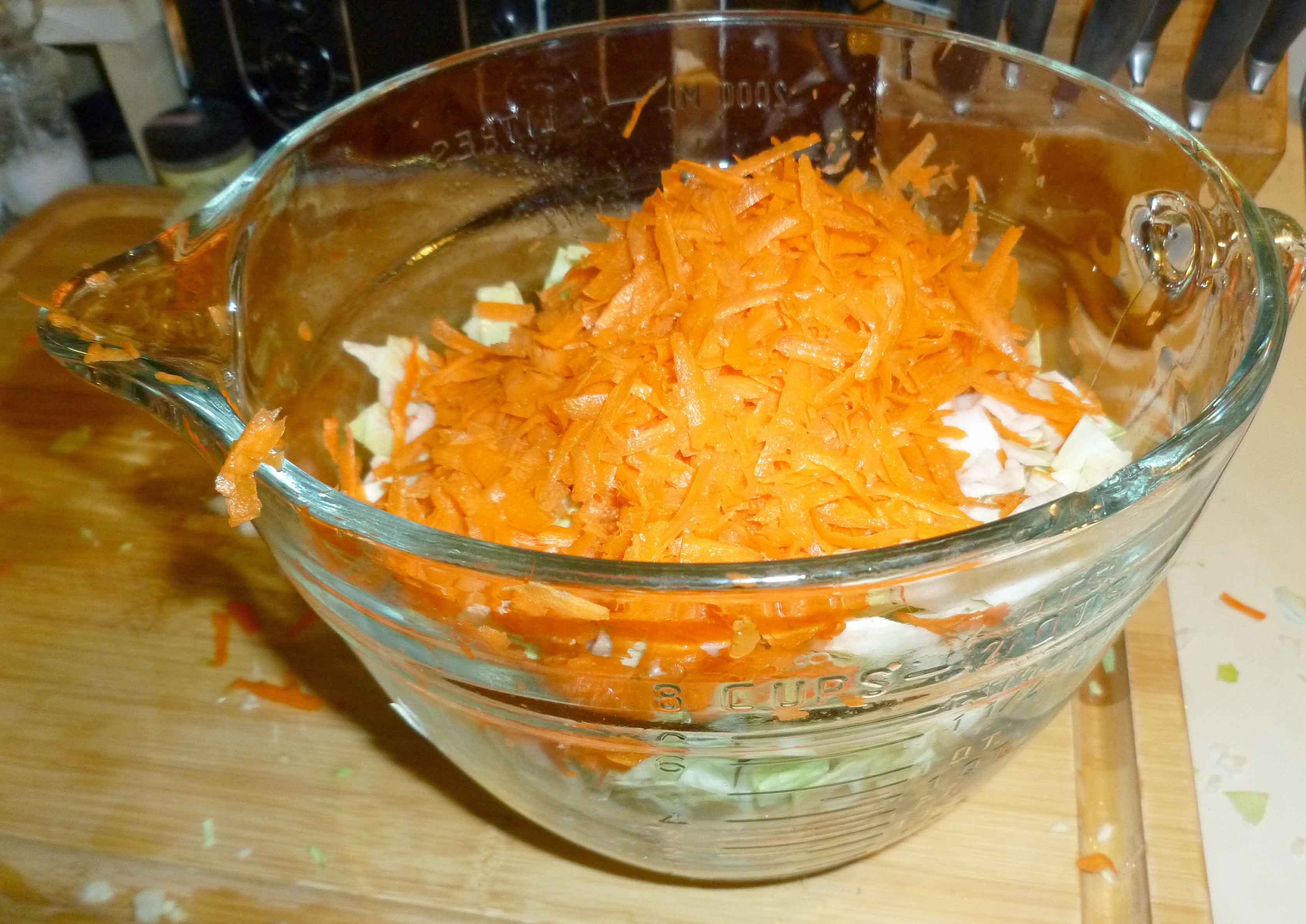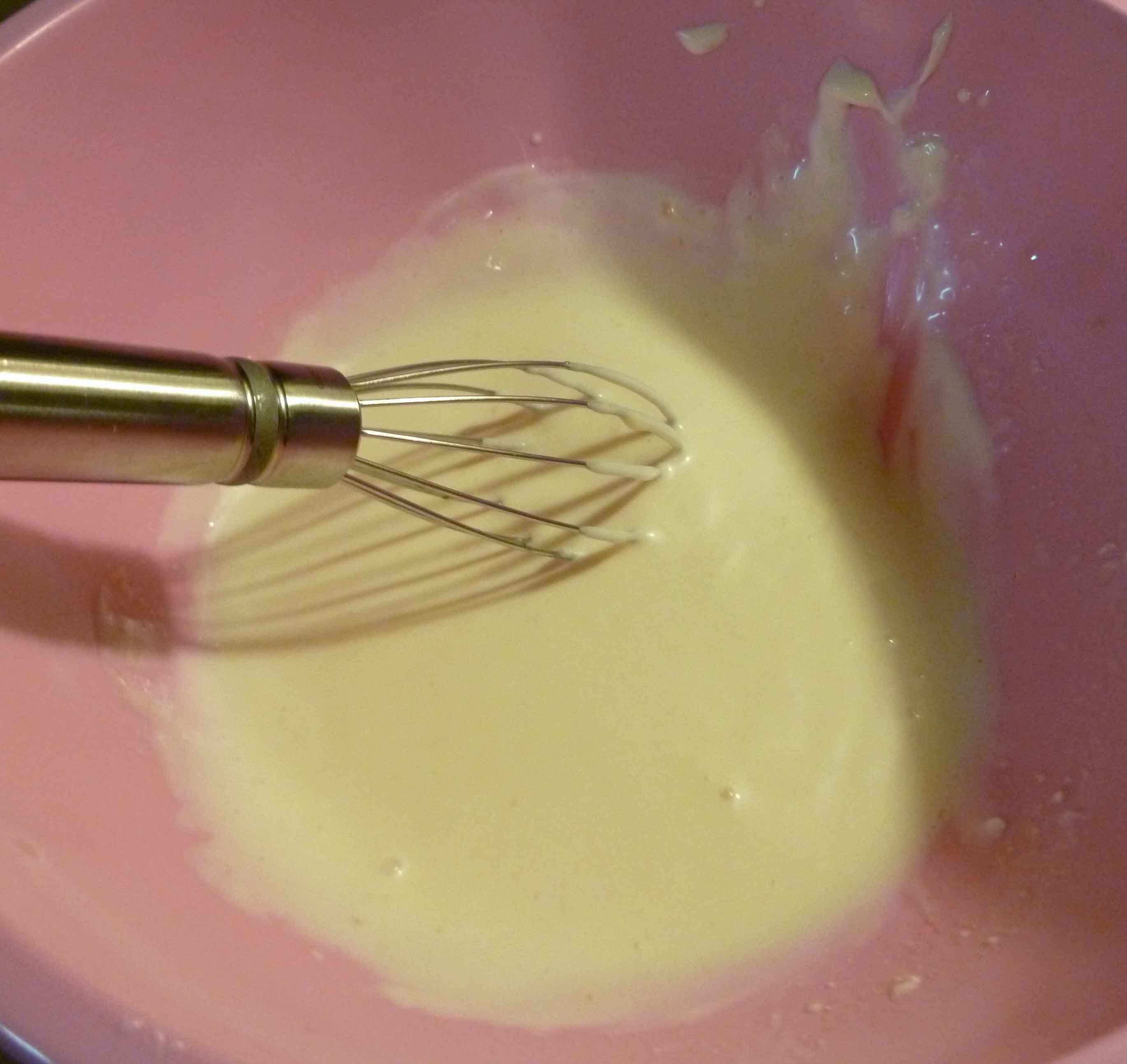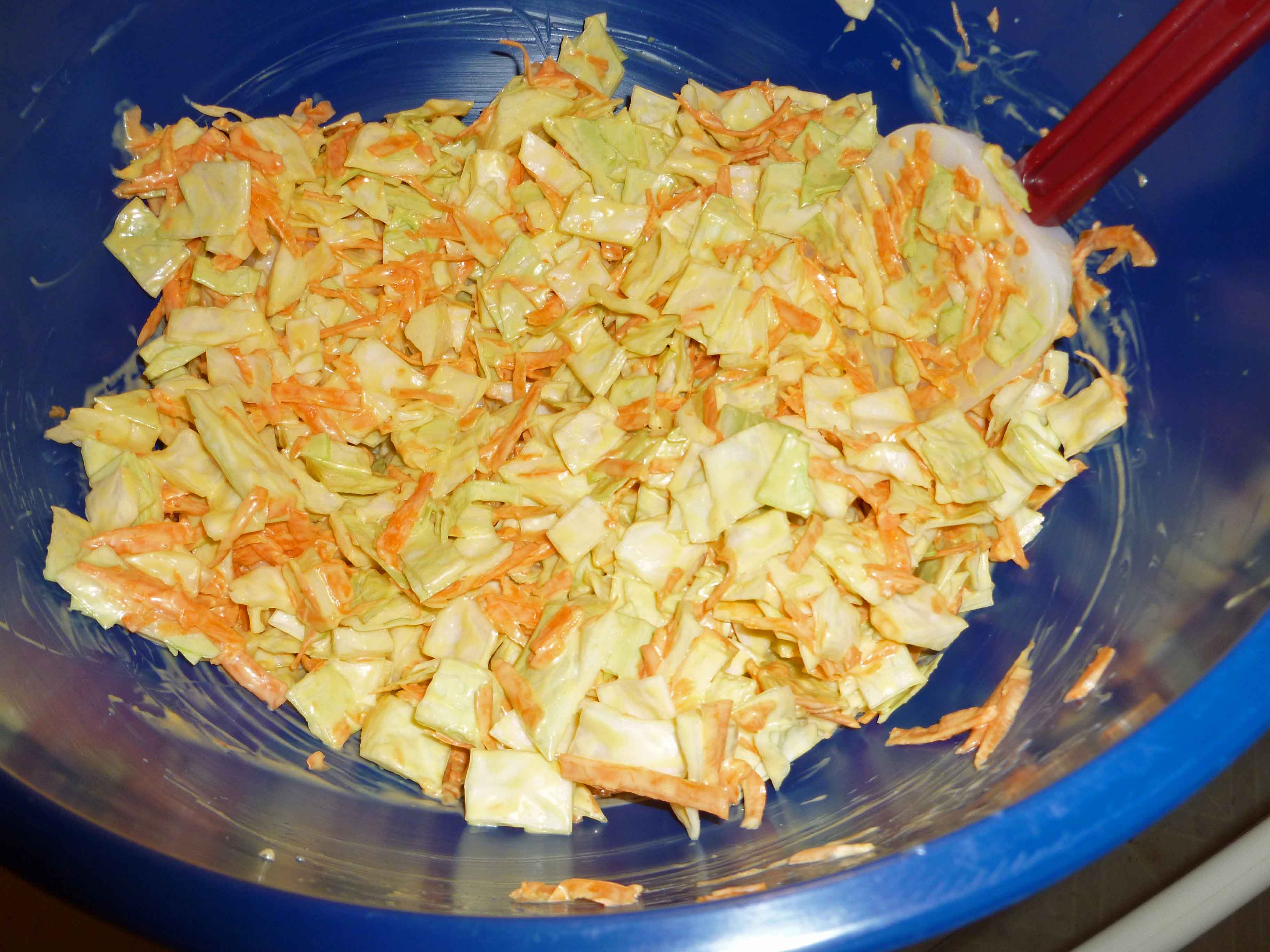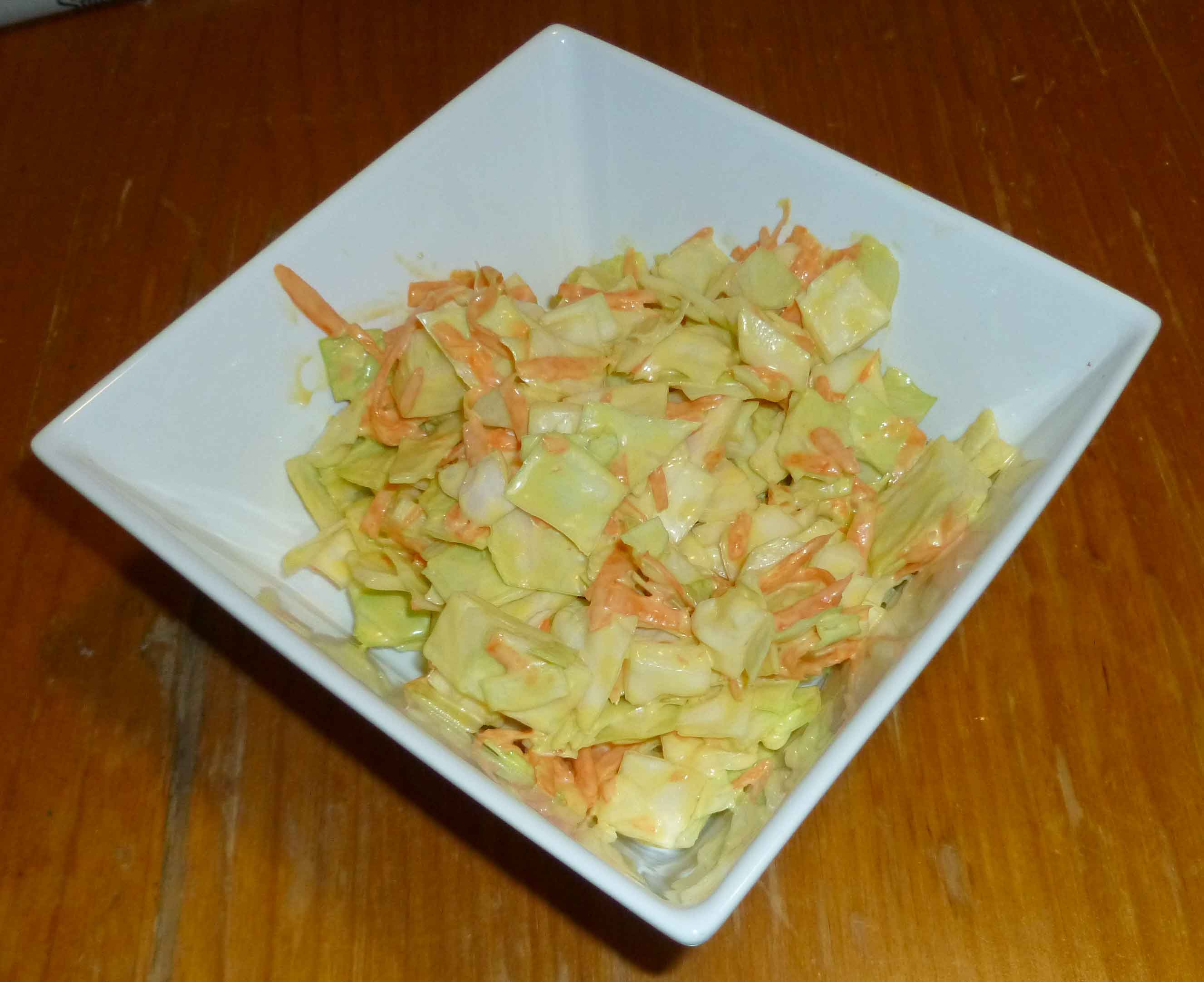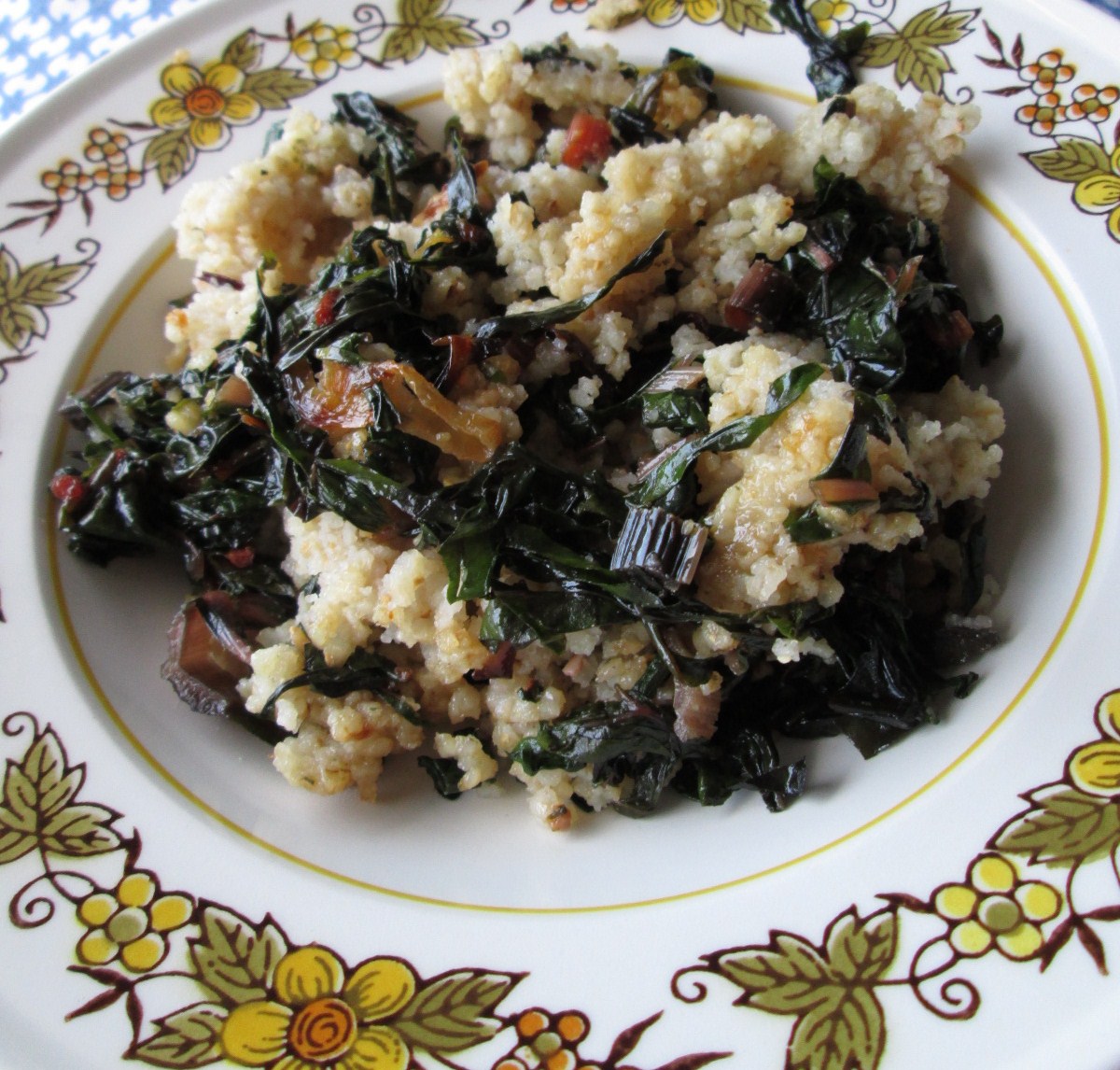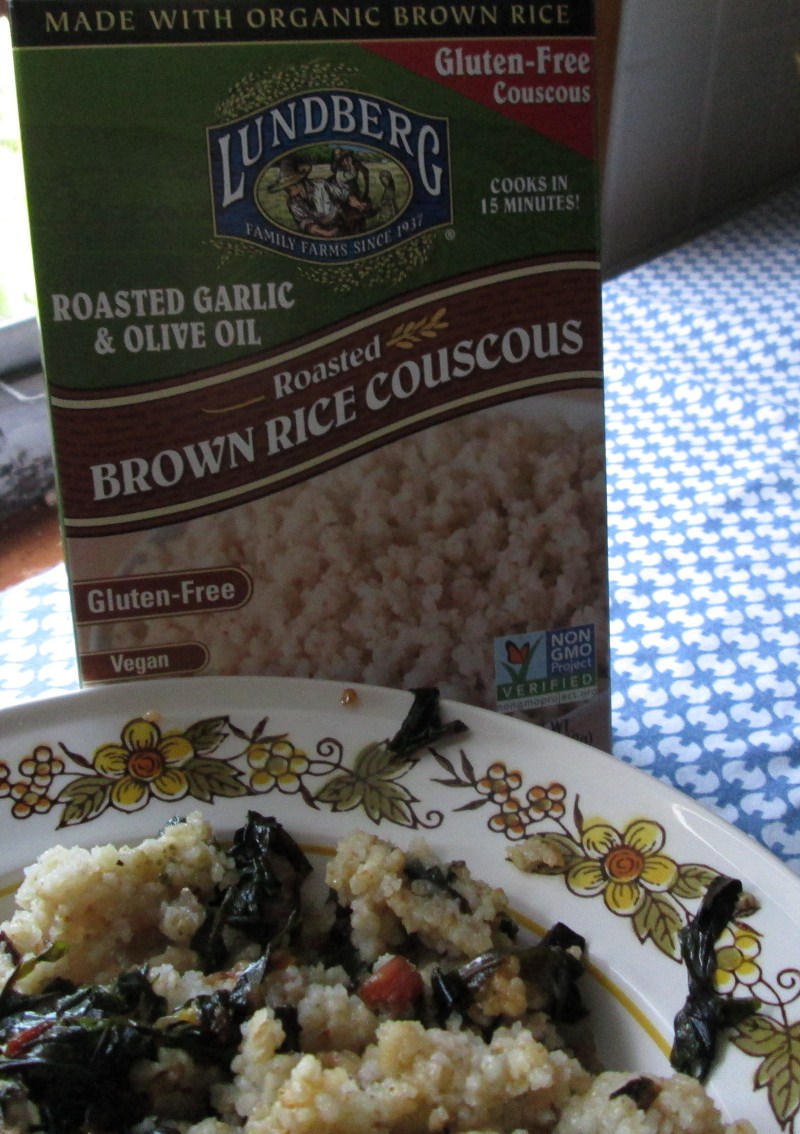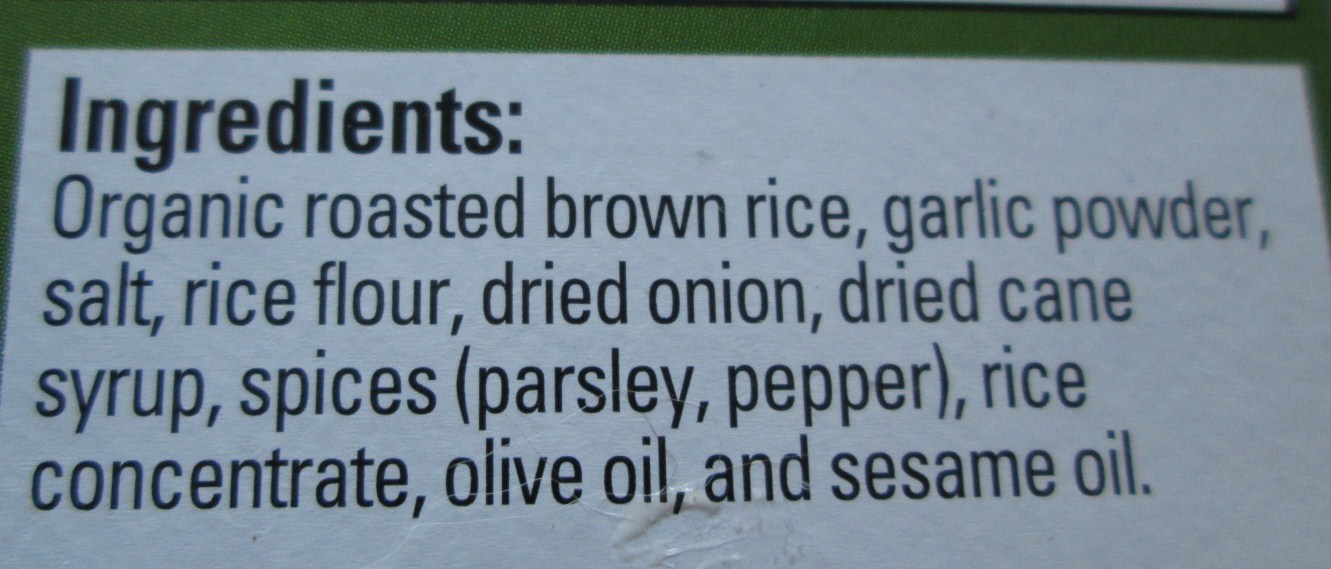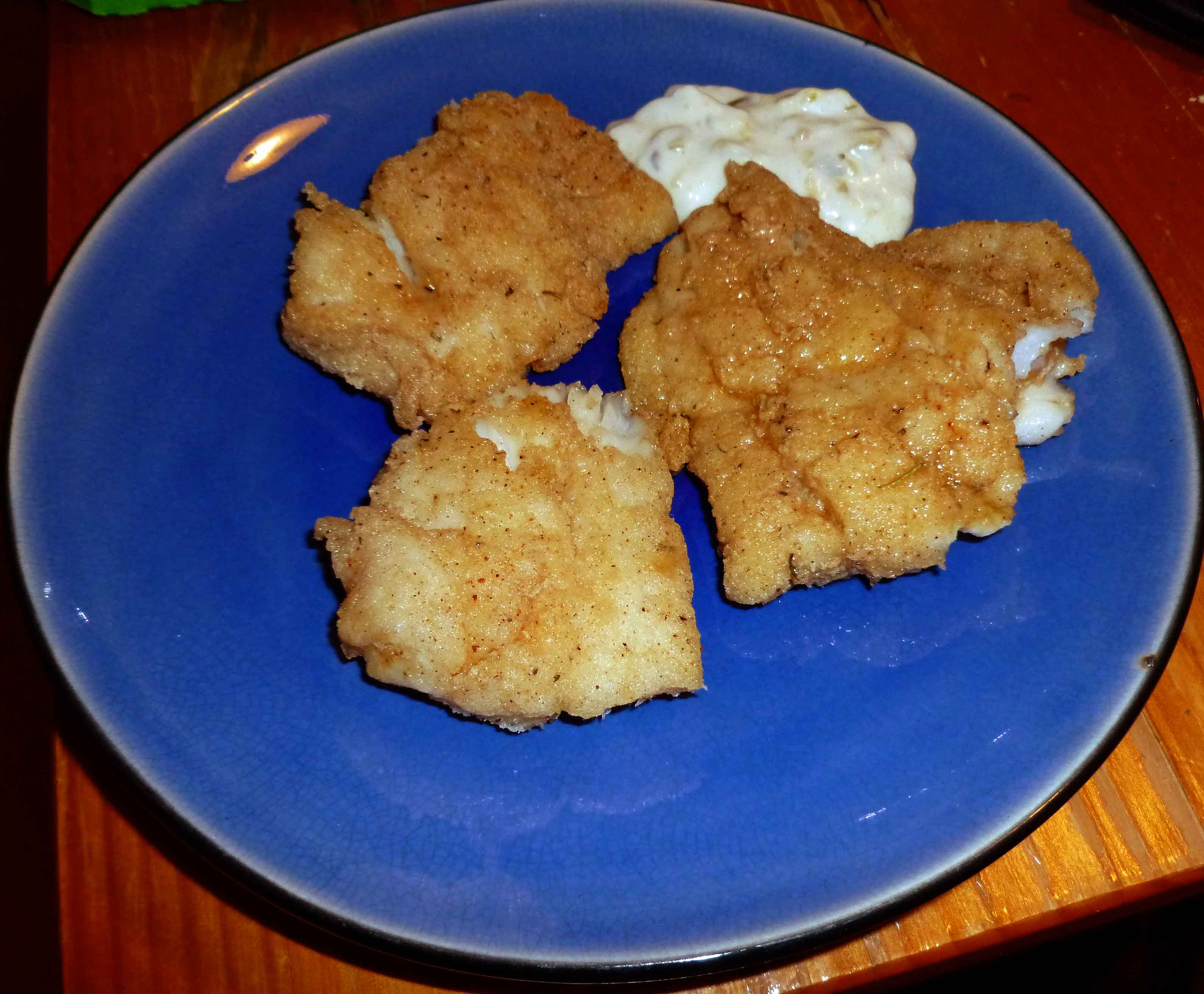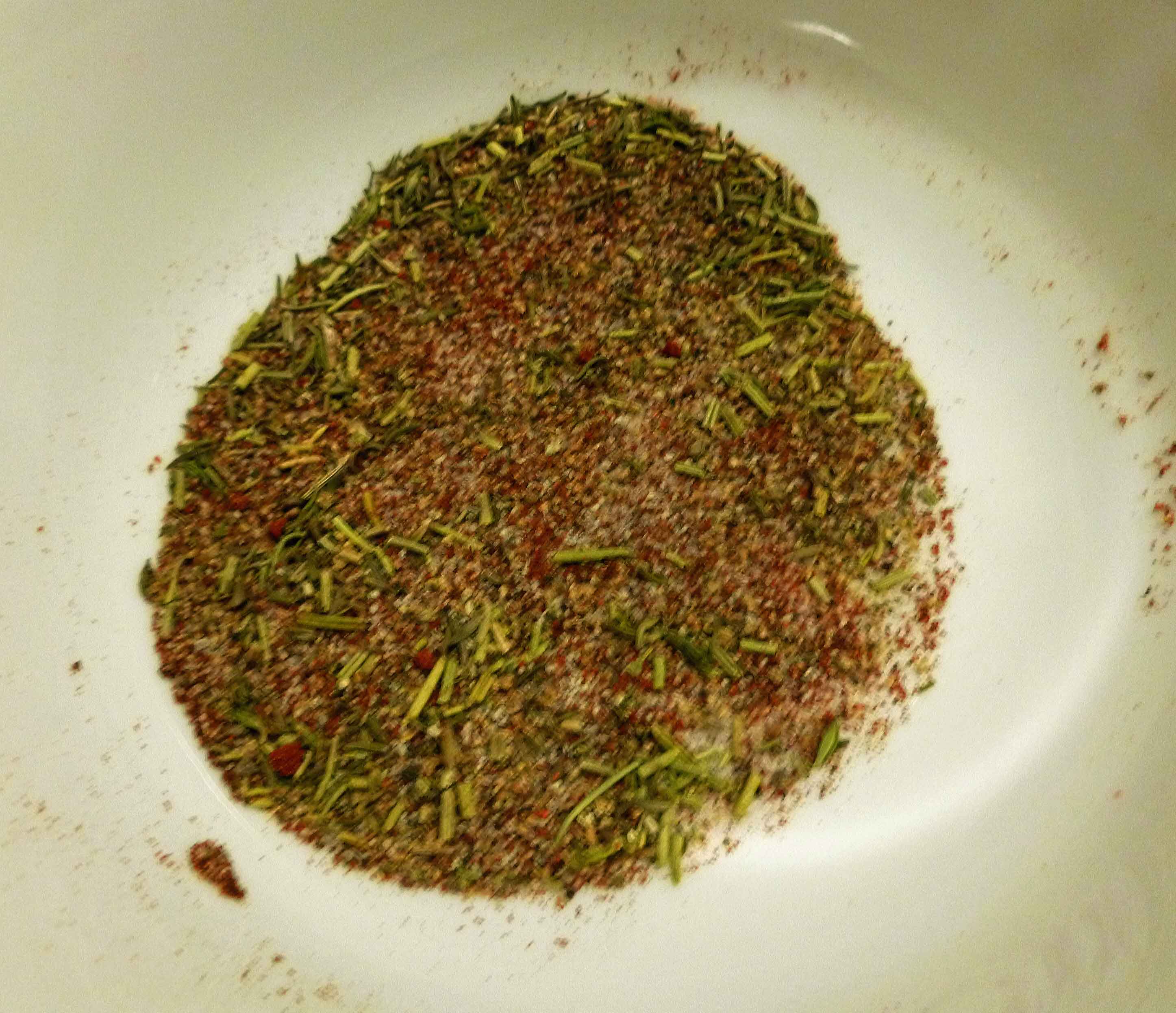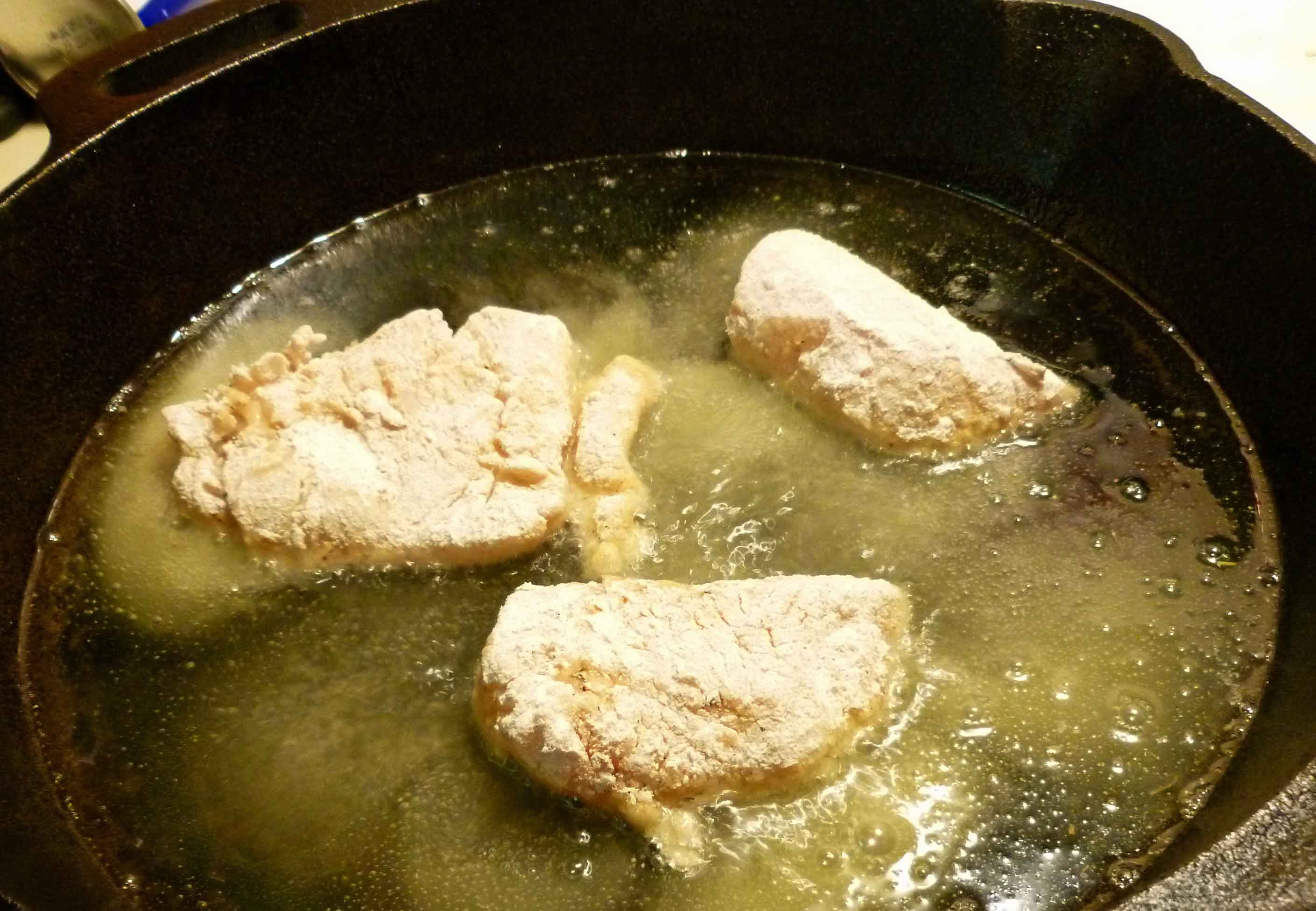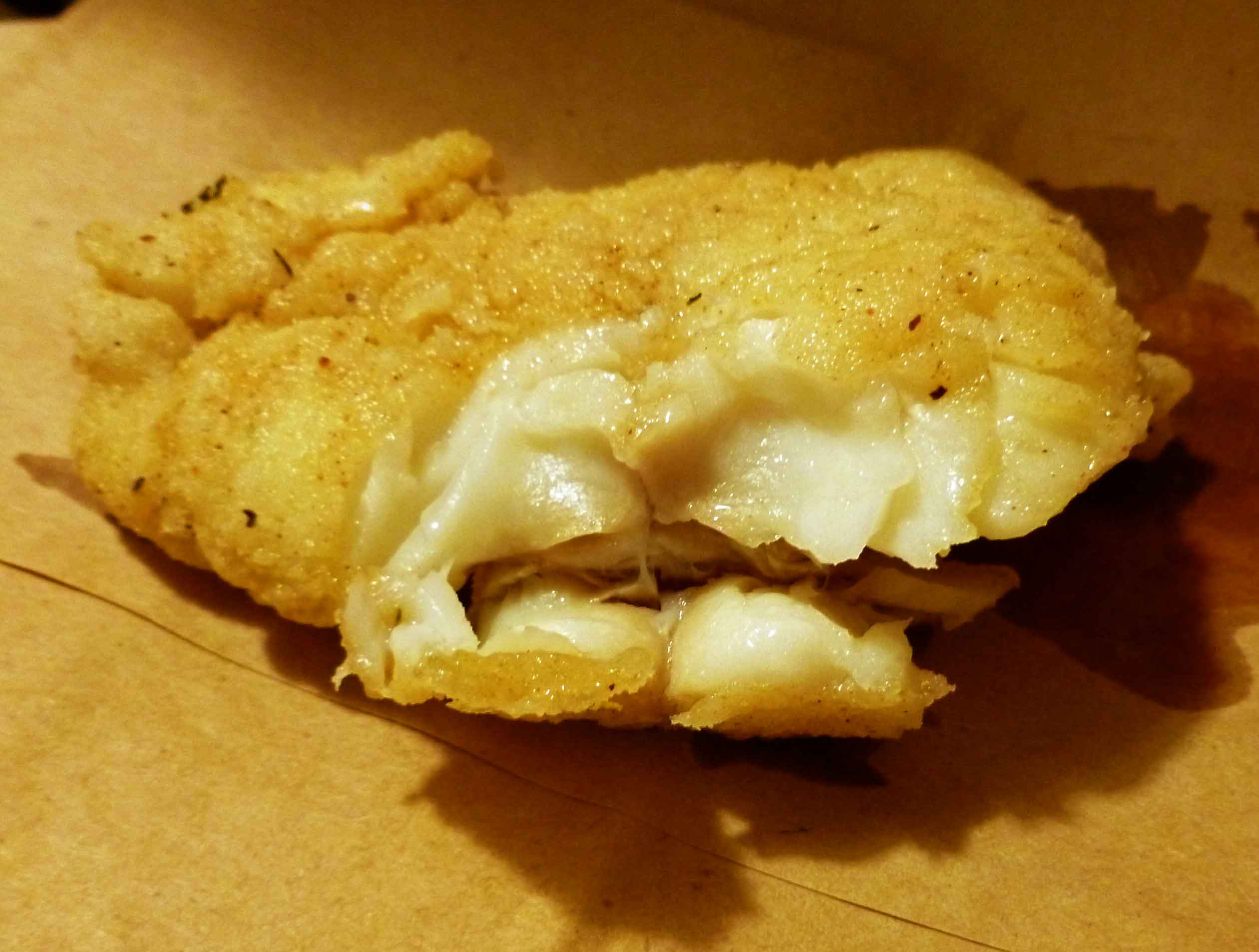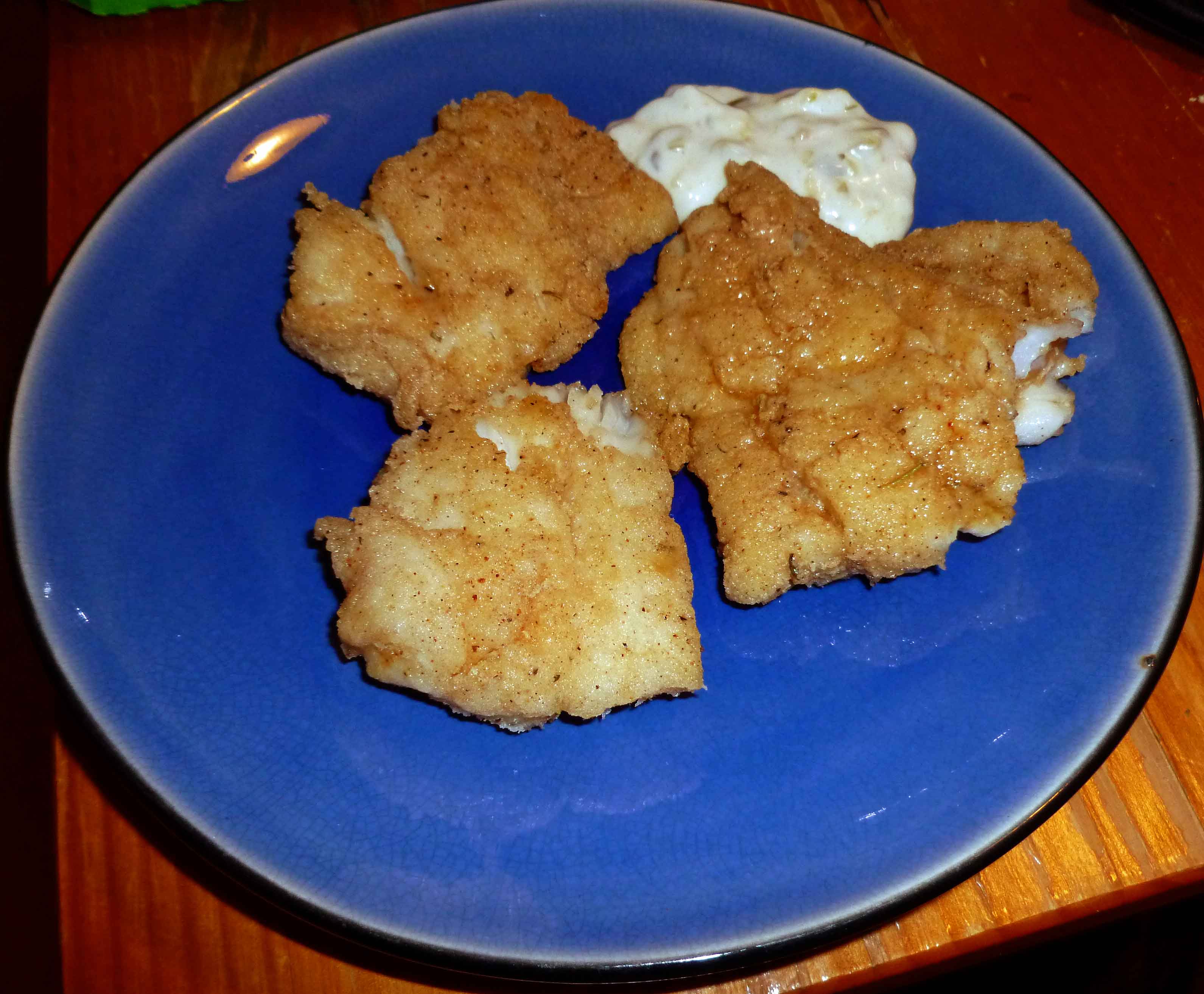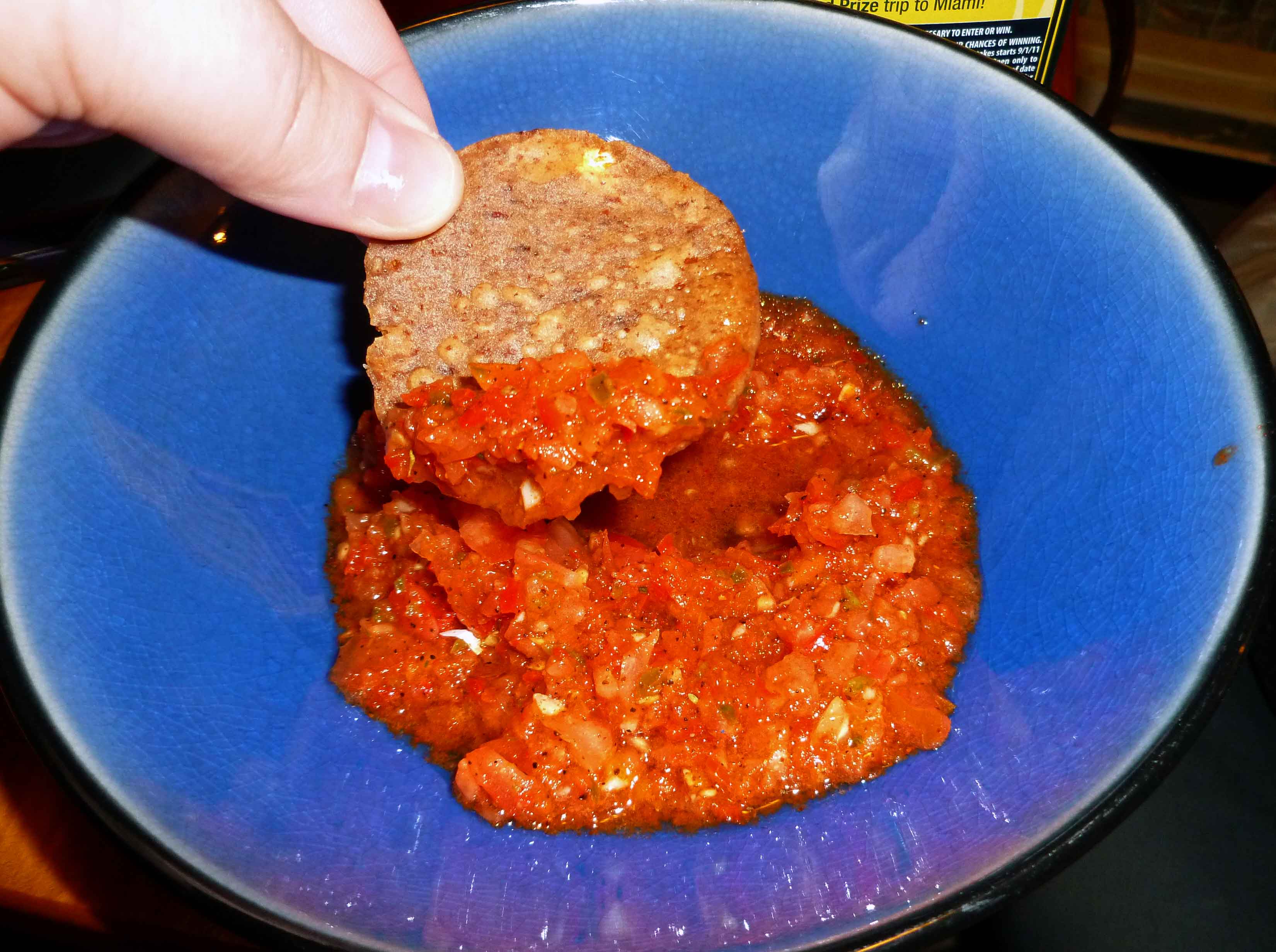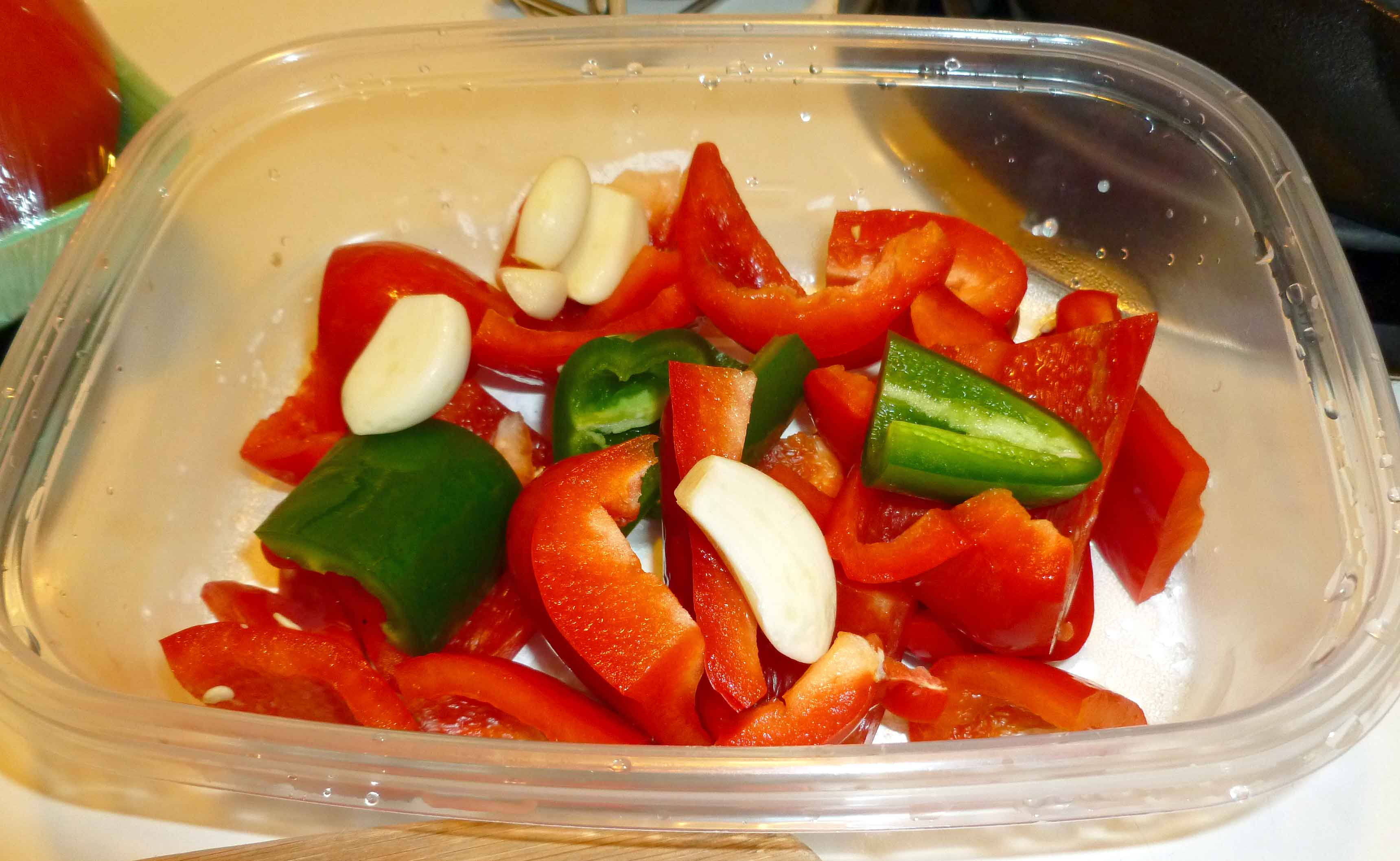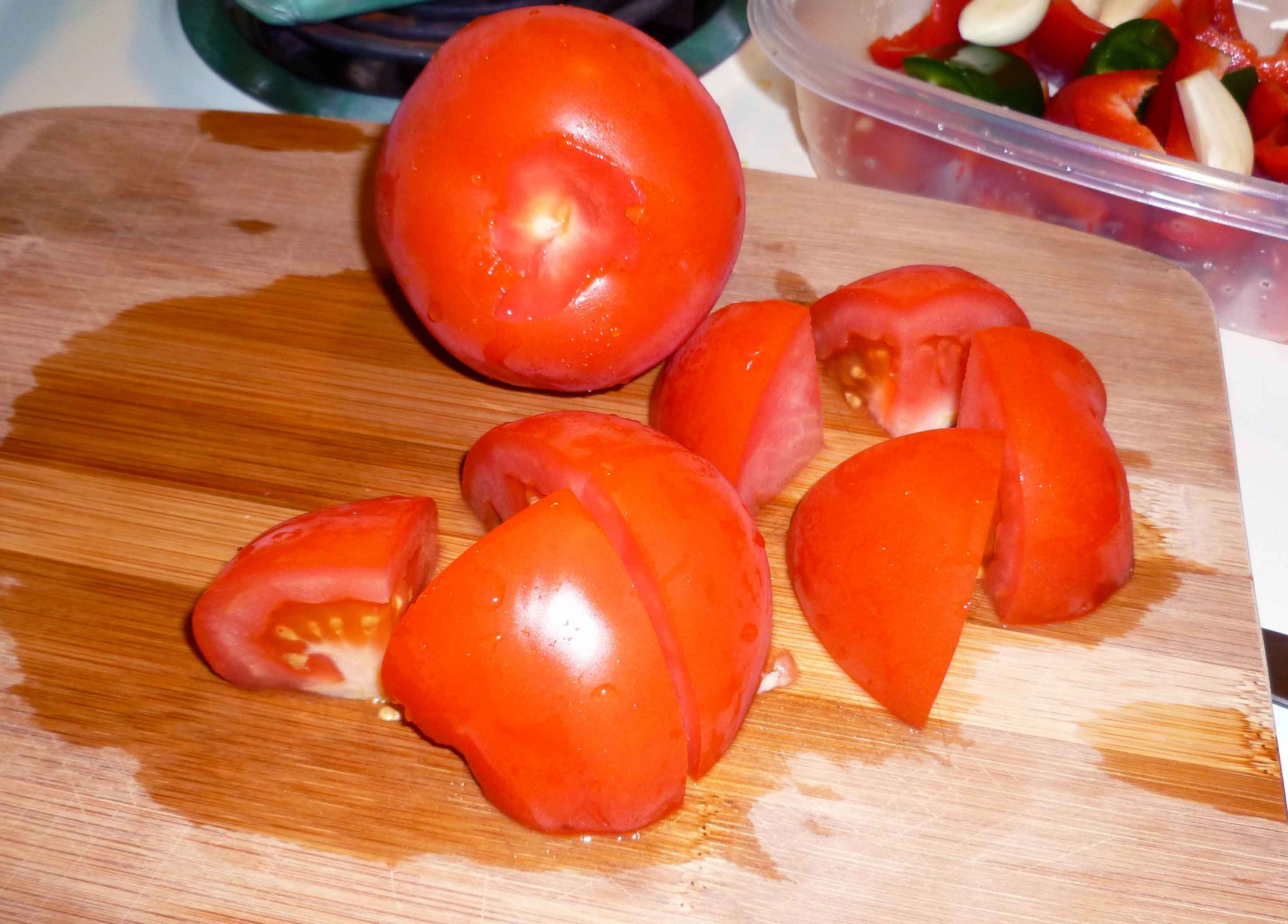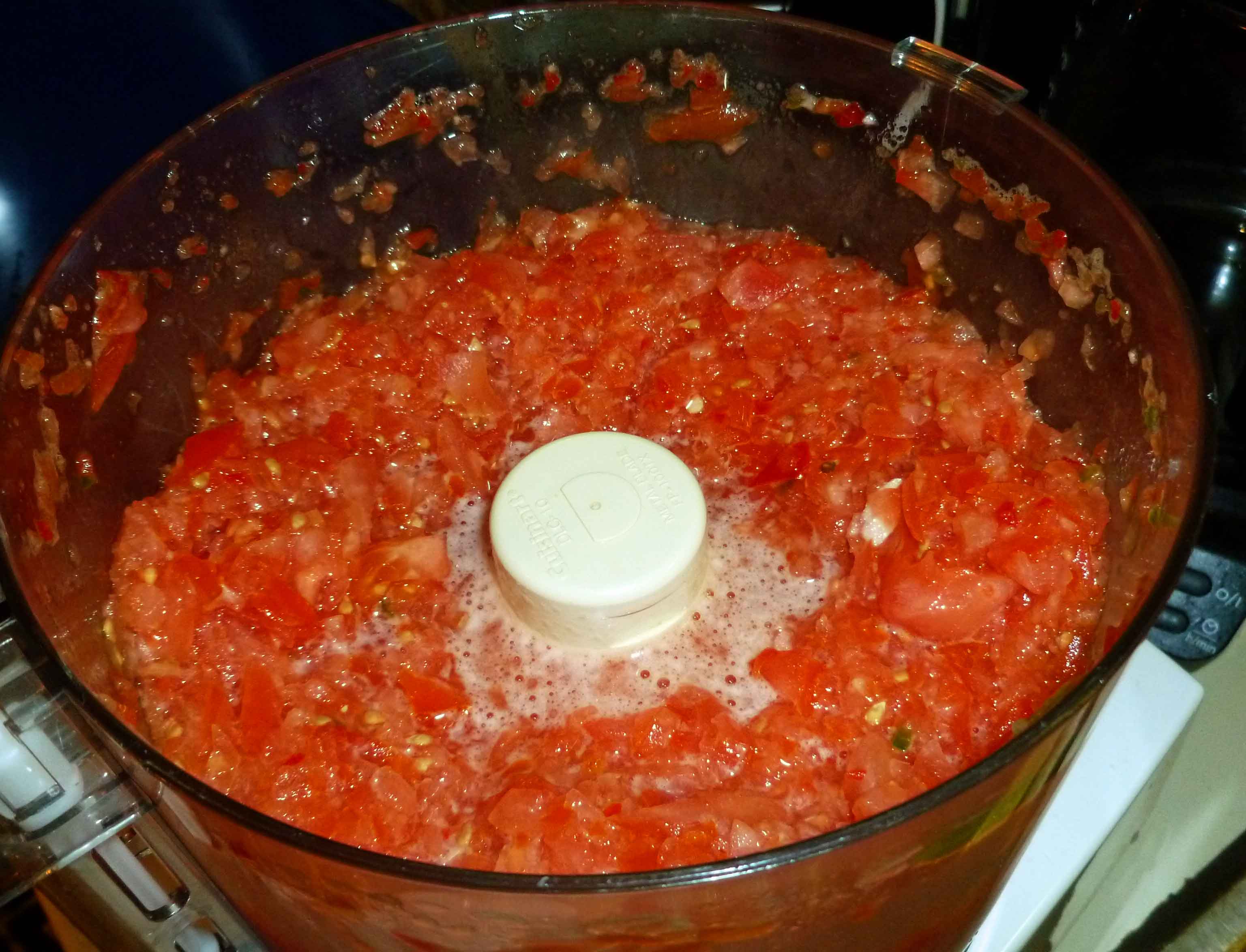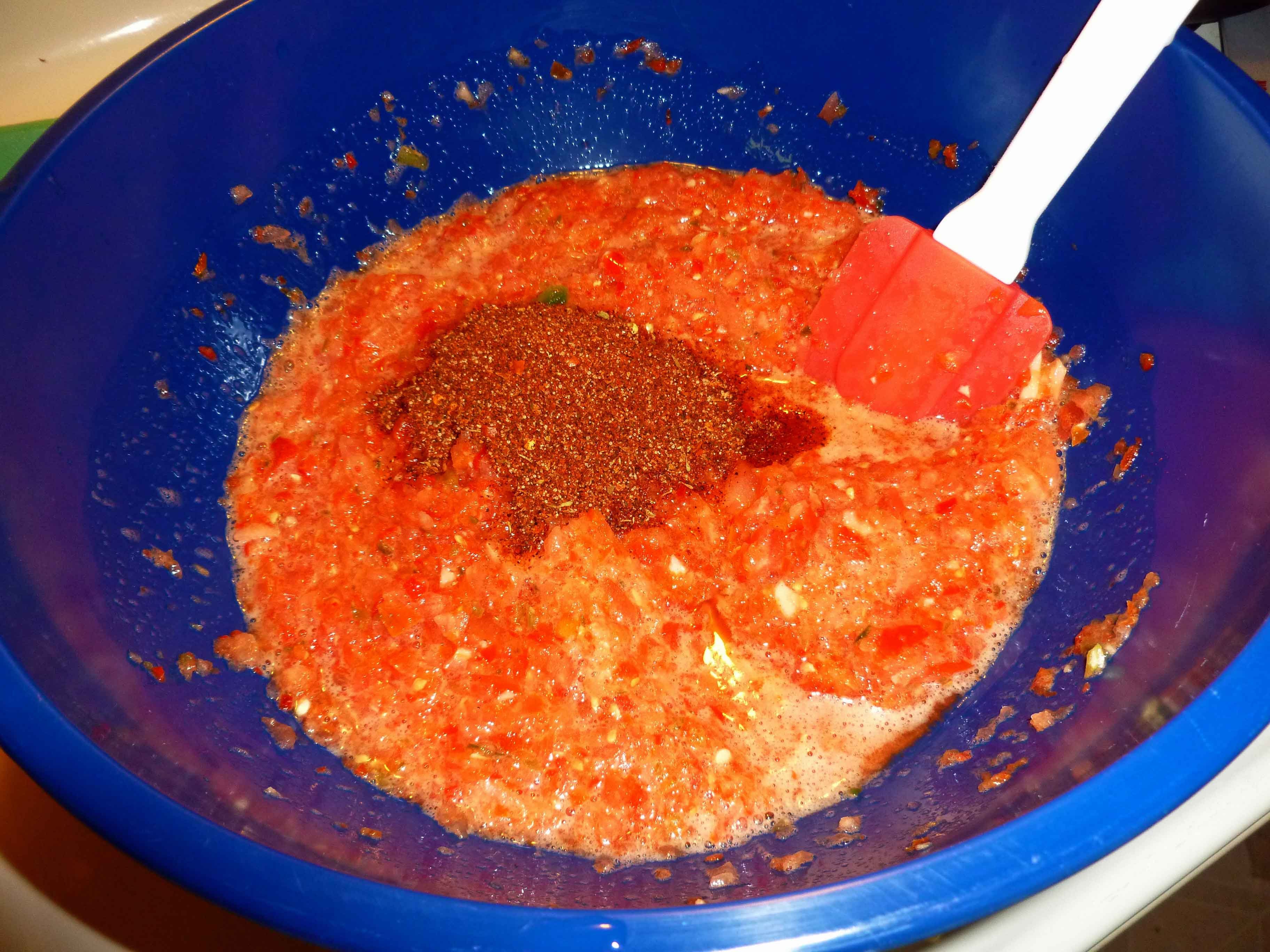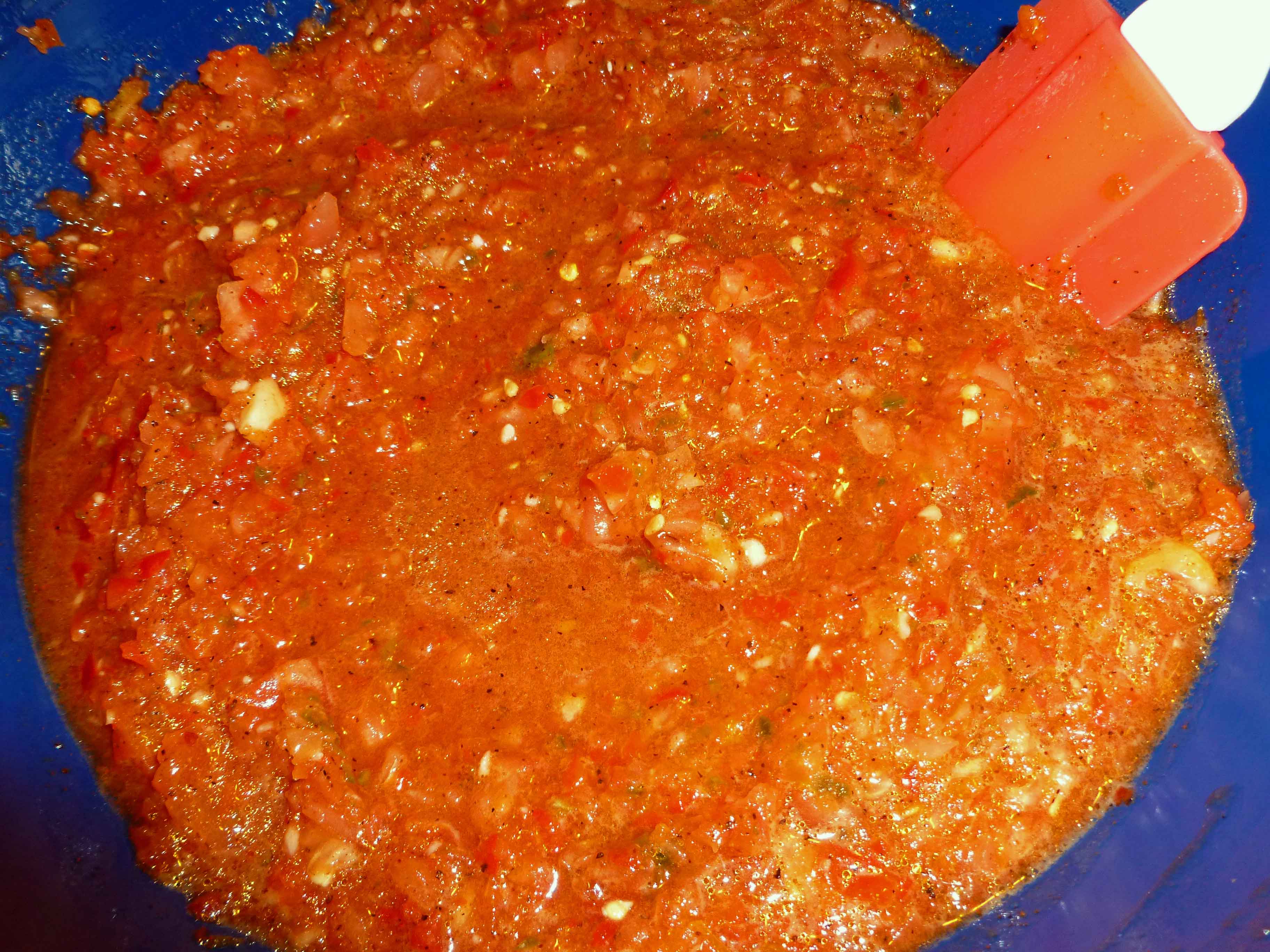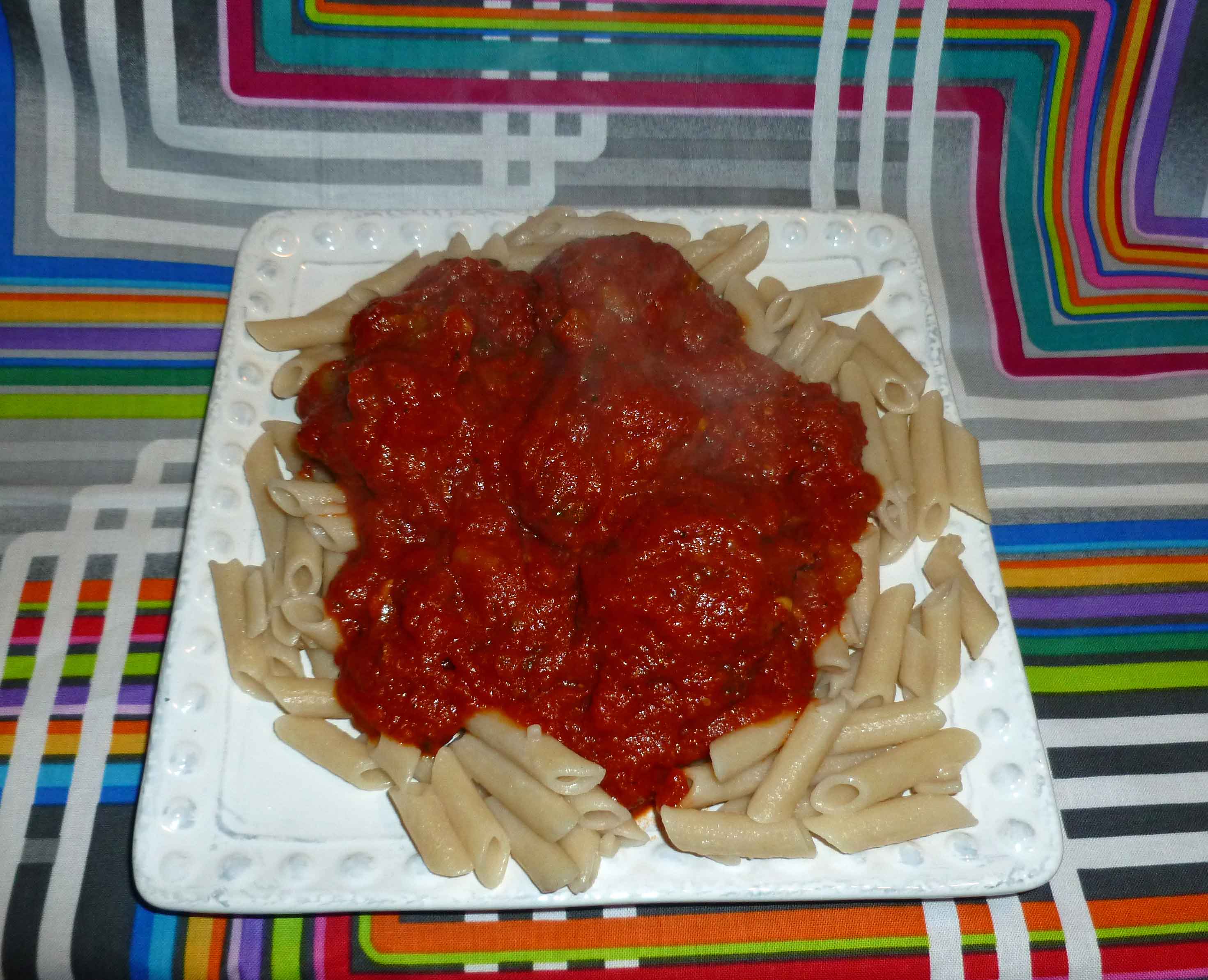
One of the things I really miss is a great meatball sub with gobs of cheese. Since I’m allergic to dairy, wheat, and eggs (in addition to what feels like 50 million other things) that’s a little hard. I haven’t totally figured it out yet, because there isn’t a vegan cheese that works for me because of my coconut, almond, and corn allergies. I’m also missing a sub roll, as I’m still trying to figure out gluten-free, corn-free, dairy-free, and egg-free bread, but I’ve gotten two steps on the way. This week I’ll be posting a marinara sauce you can use for meatball subs, pasta, or for anything else that you need tomato sauce. In two weeks, I’ll be posting a recipe for meatballs. For those of you that have a safe bread and a safe cheese you can use, you’ll have everything you need for a meatball sub. I’m totally jealous of all of you, and while I’m working on it, I’m just going to eat the meatballs and sauce over pasta, which isn’t bad either.
The reason that this is a quick-ish marinara sauce is that I’m using crushed canned tomatoes and canned tomato paste (Cento brand – no citric acid in crushed, tomato puree or paste, but watch out as other Cento canned tomato varieties do have citric acid, which can be corn derived), rather than starting from tomatoes. It still takes some time to simmer, making it a weekend dish, but you can freeze the leftovers and use it for a meal or two during the week with little to no prep.
Quick-ish Marinara Sauce
- 1 large onion, diced very finely
- 3 stalks of celery, diced finely
- 4 cloves of garlic, minced
- 1 carrot (use a vegetable peeler or a micro planer to peel or zest until the carrot’s just a pile of peels or zest)
- 1 Tablespoon of olive oil
- 1 – 8 ounce can of tomato paste
- 2 – 28 cans of crushed tomatoes or tomato puree
- 1 cup of vegetable stock or water
- 1/2 cup of white or red wine (your preference, I used white becuse my tomatoes needed brightening) or use additional vegetable stock or water
- 1/4 teaspoon of oregano
- 1/4 teaspoon of marjoram
- 1/4 teaspoon of thyme
- 1/4 teaspoon of dried basil (if not using fresh basil below, double the amount)
- 1/4 teaspoon of rosemary
- 1/4 teaspoon of black pepper
- 10 fresh leaves of basil, chopped
- salt to taste (I used about a teaspoon this time to get it where I like it)
Dice your onions and celery, mince your garlic, and zest or peel your carrot.
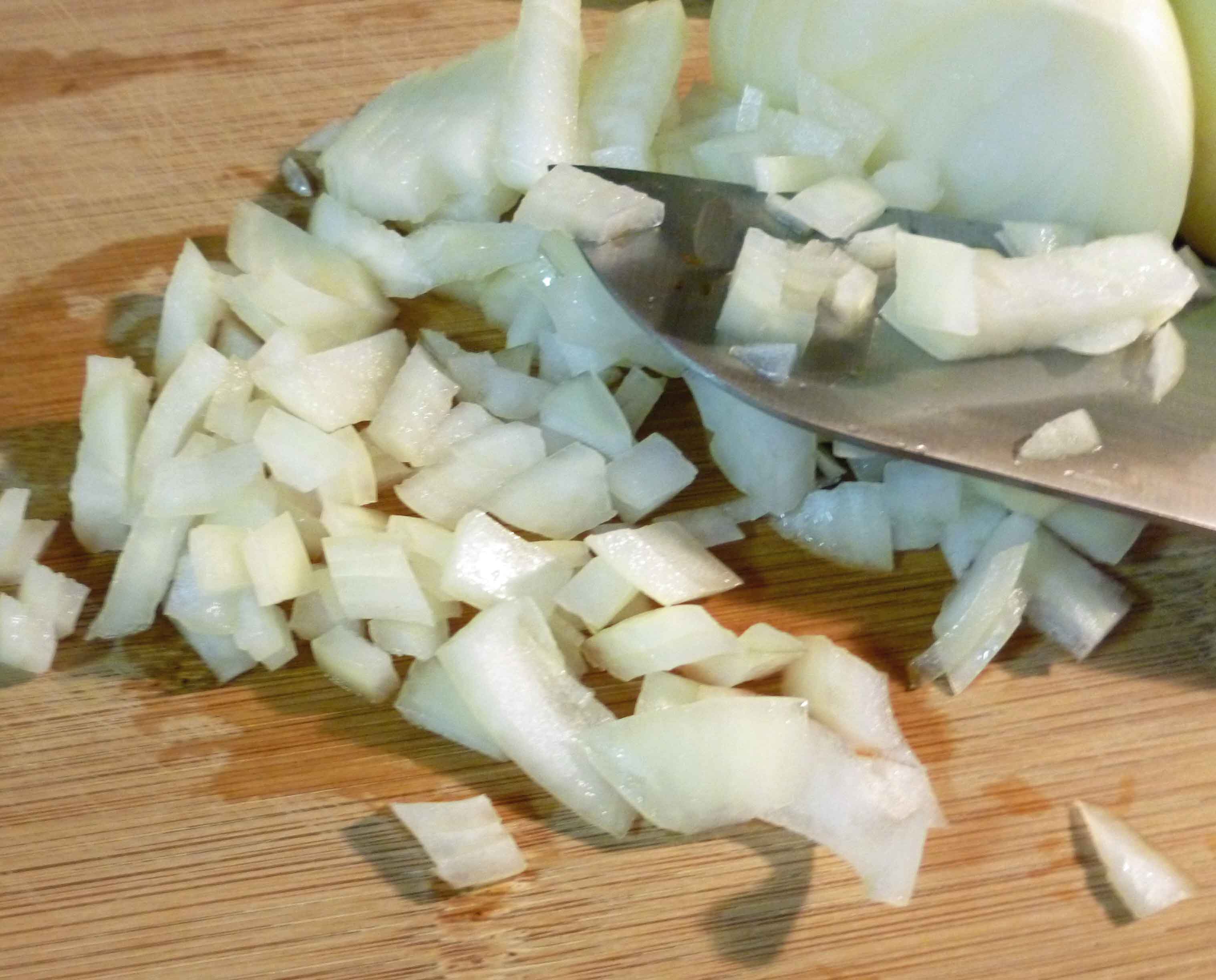
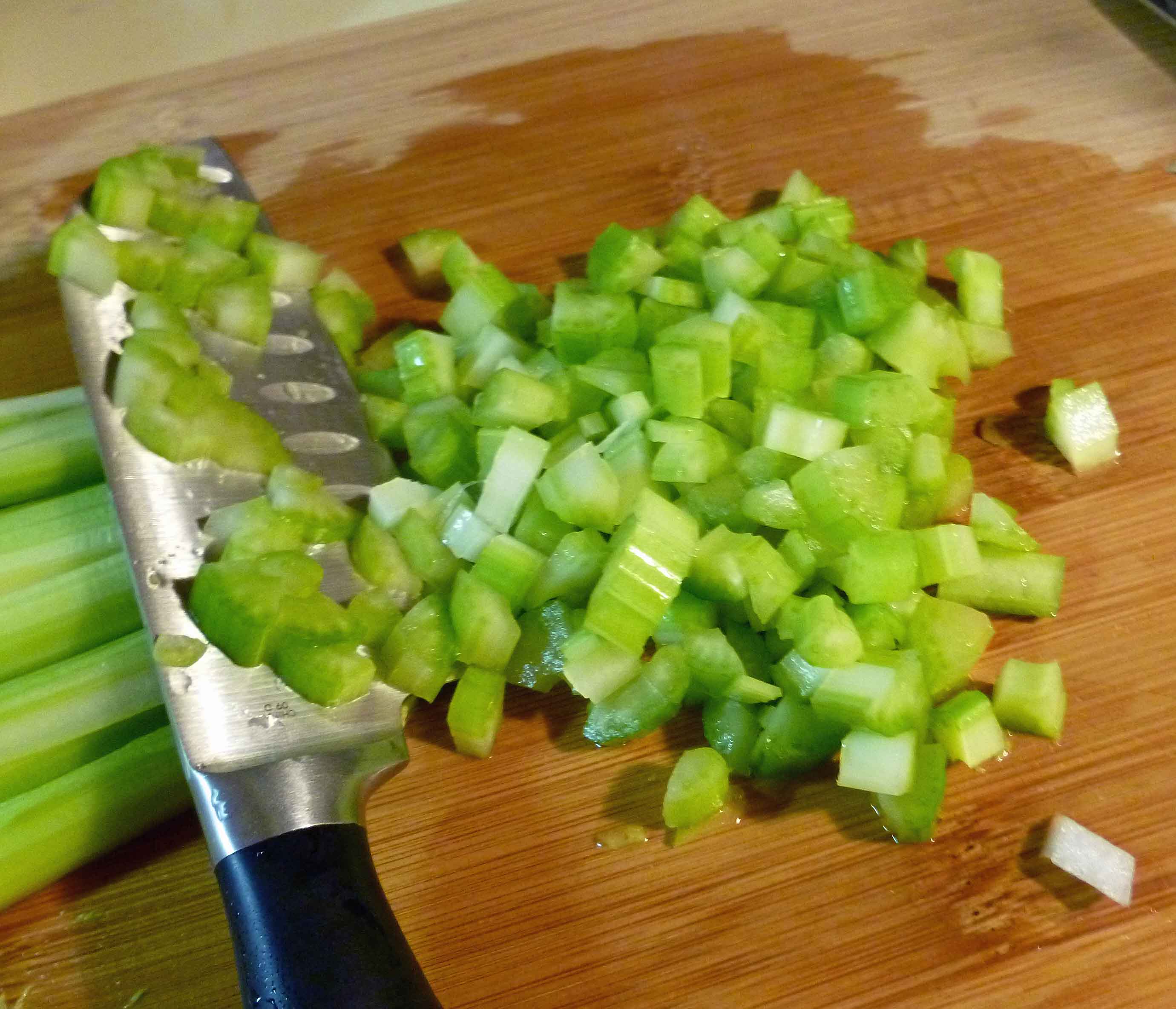
In a large stock pot, heat the olive oil over medium heat and add your onions, celery, garlic and carrots. Saute them until the onions and celery are somewhat translucent.
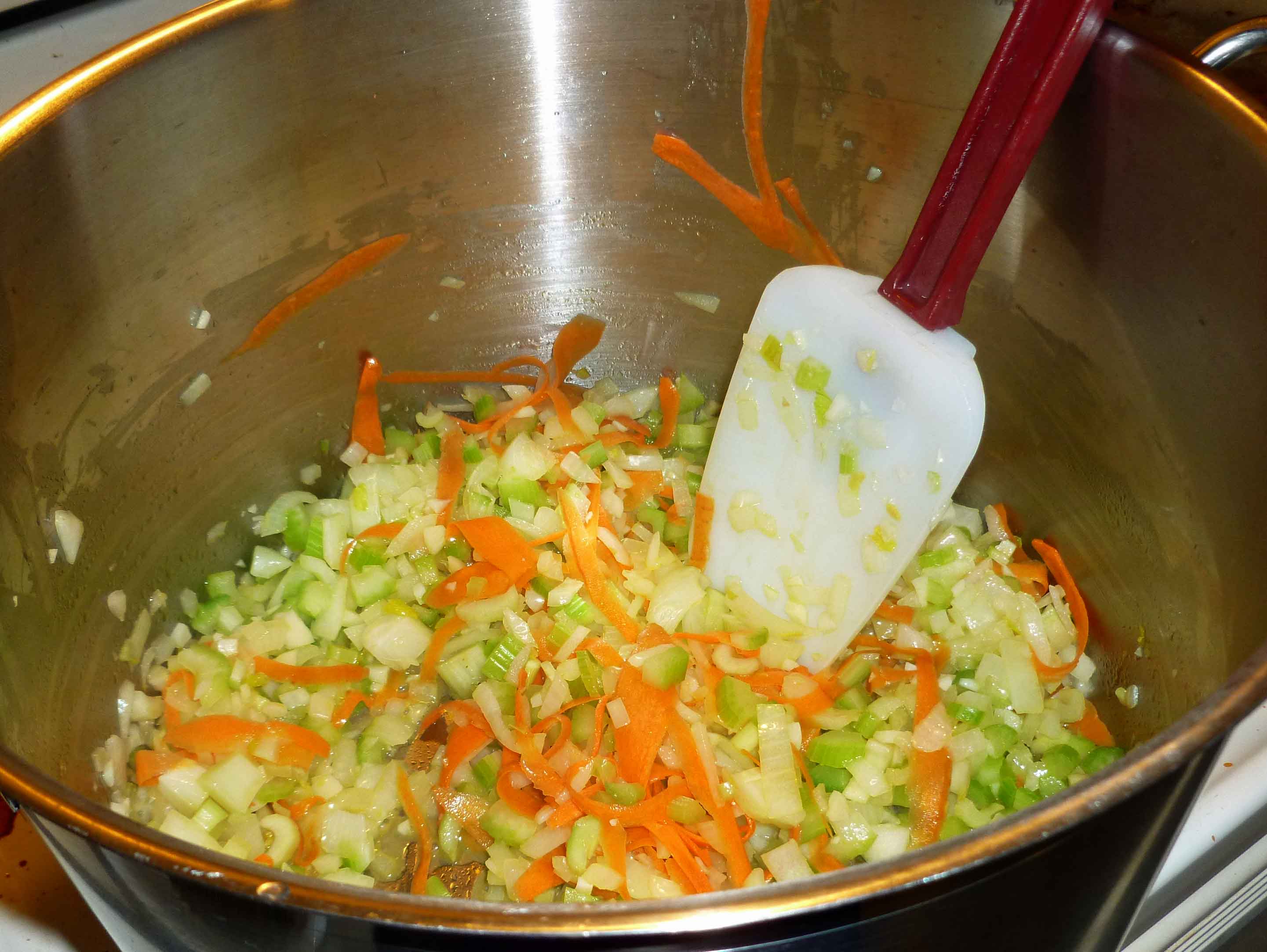
Add the contents of the can of tomato paste and stir it into the vegetables so it is equally distributed throughout. Then add your cans of crushed tomatoes, the vegetable stock, and the white wine. Stir thoroughly. Reduce the heat to medium low (about 3-4 on my burner dial).
Add your oregano, marjoram, thyme, dried basil, rosemary and black pepper to the sauce and stir to incorporate the spices into the sauce. Chop your basil if you have not already, and add it to the sauce, again stirring thoroughly.
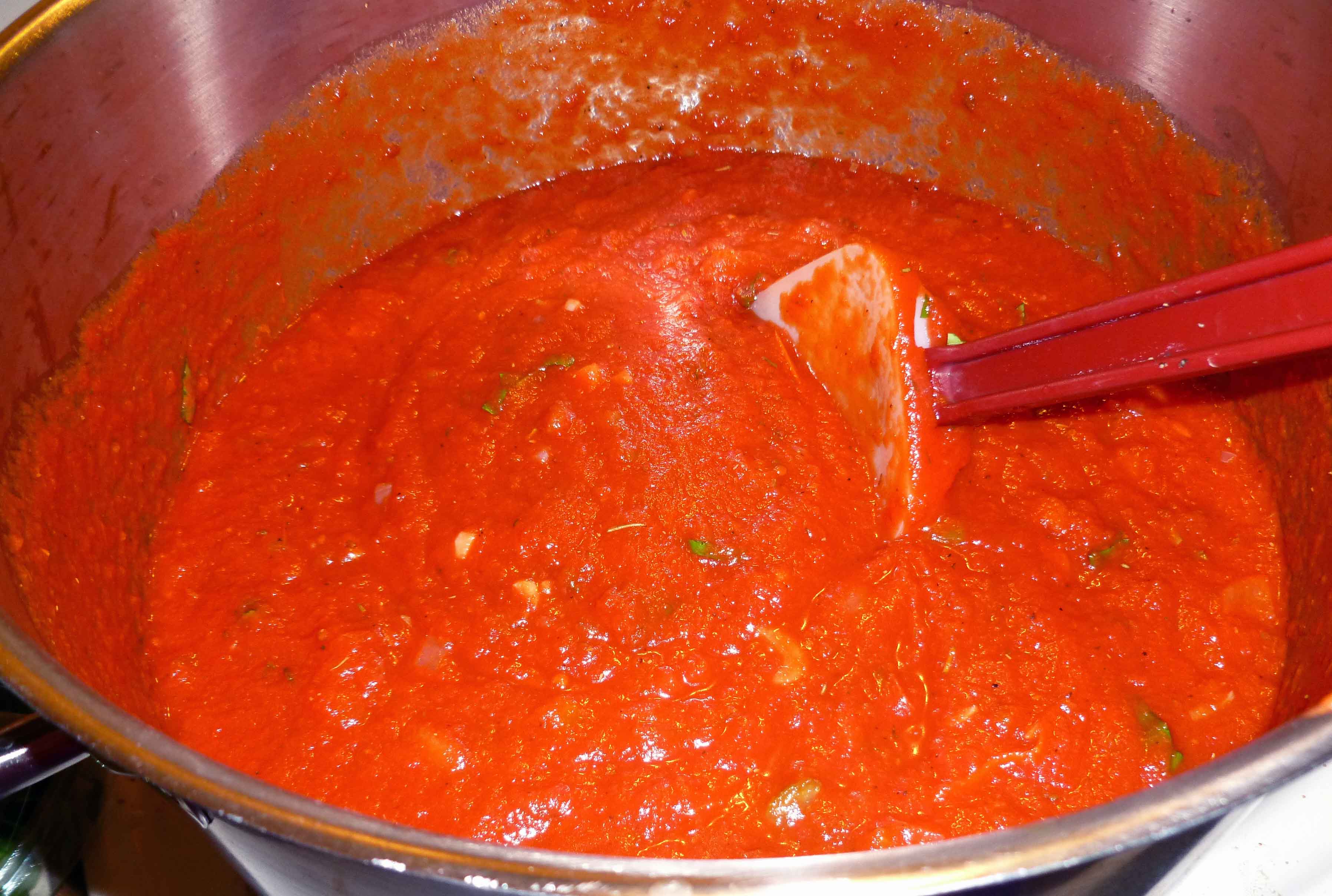
Continue to simmer your sauce on medium low until the carrot has dissolved completely into the sauce and the sauce is the consistency you prefer (for me, this is about an hour or so). Once you have reached that point, taste your sauce to see if it needs any salt and add it at that time. I found that I needed about 1/2 of a teaspoon. If you find that your sauce is too acidic, sometimes I will add about a teaspoon of brown sugar and that helps.
Stay tuned for the meatball recipe to be posted in two weeks!
